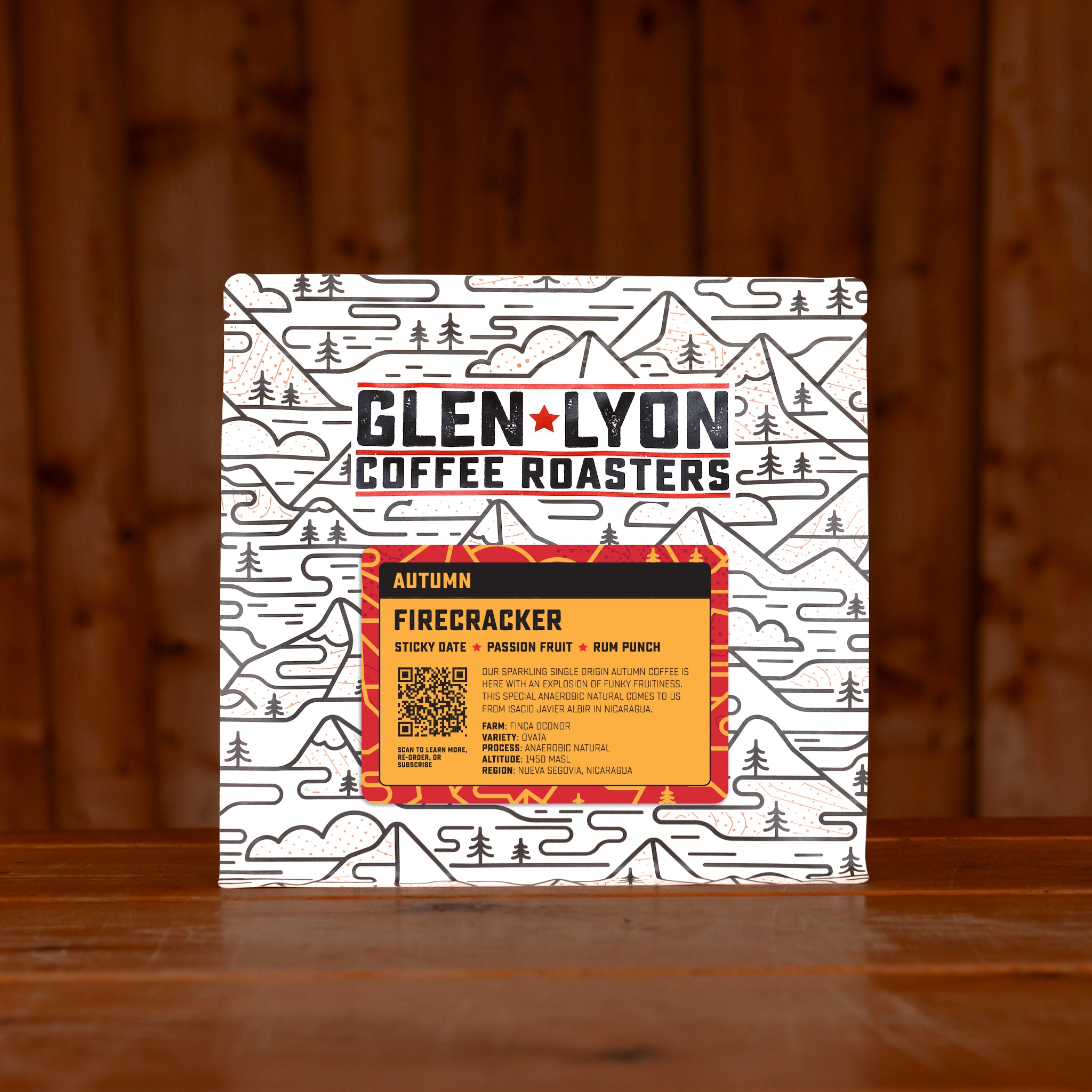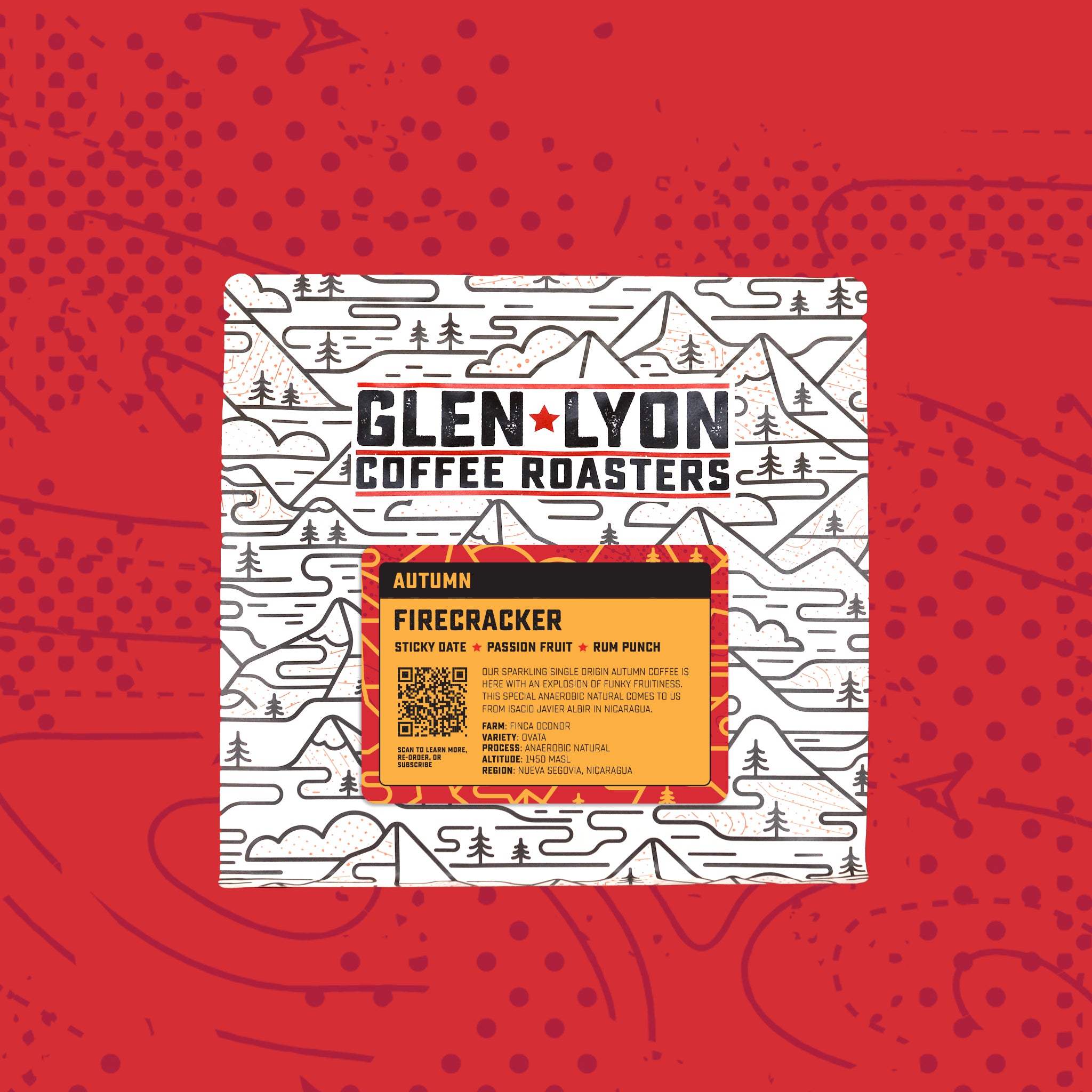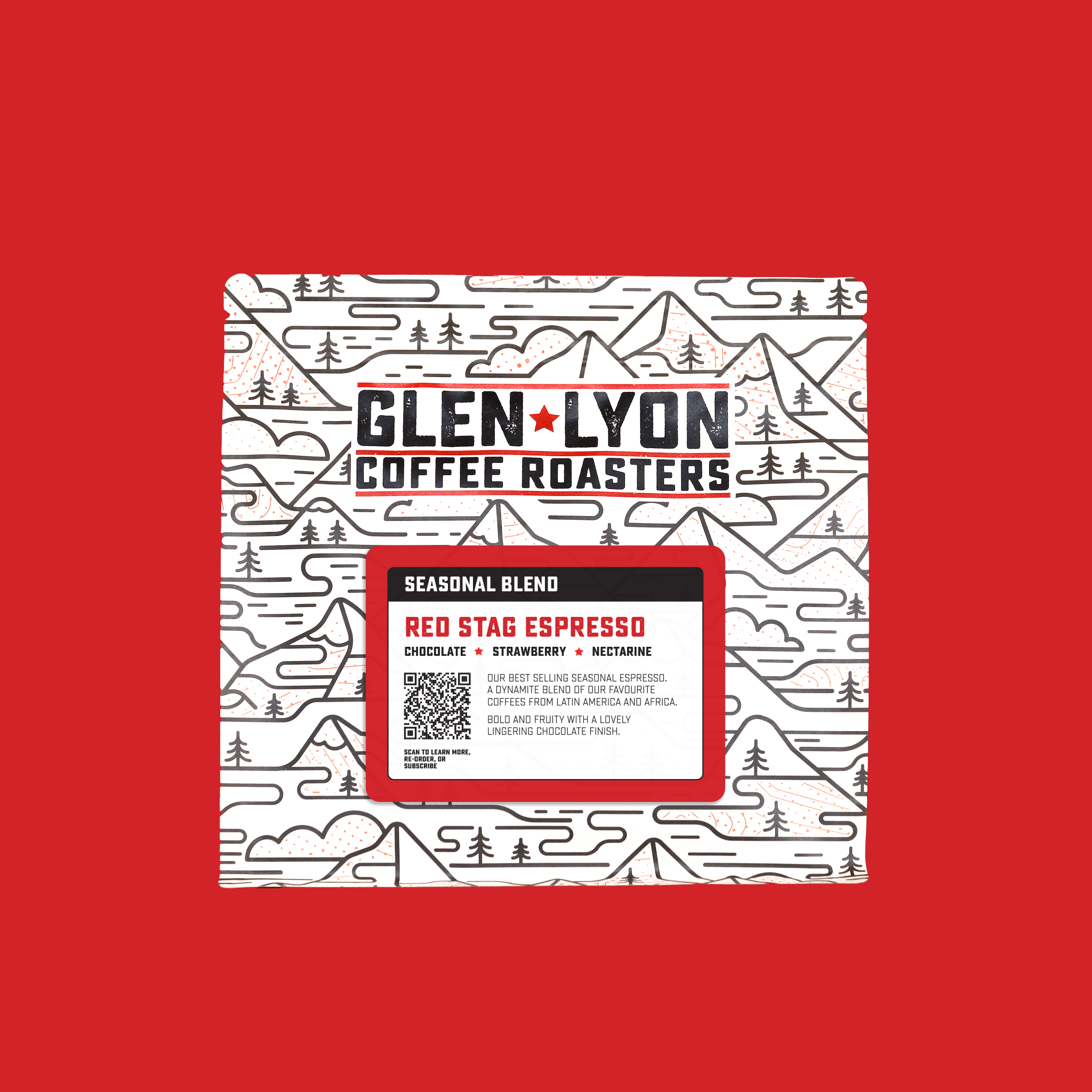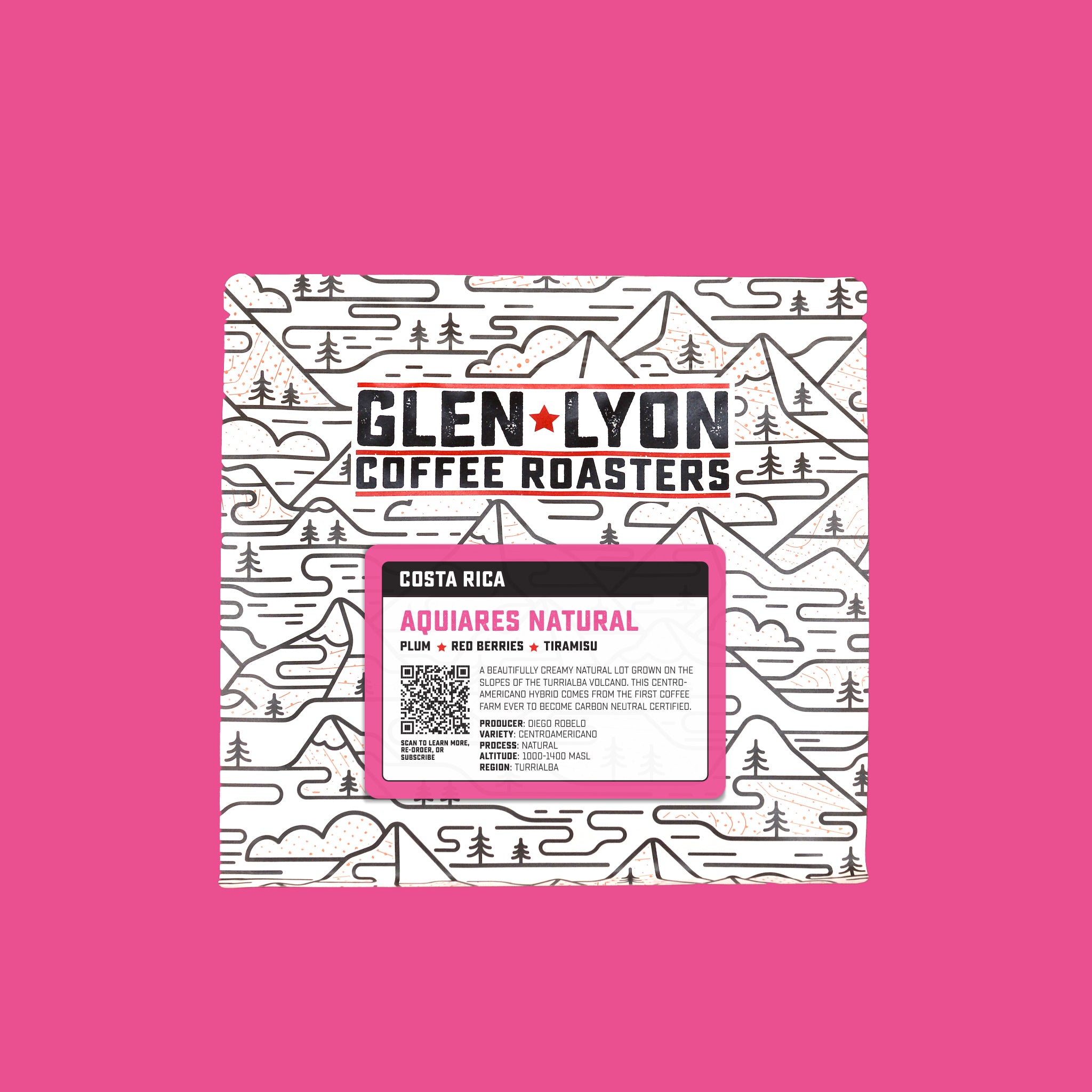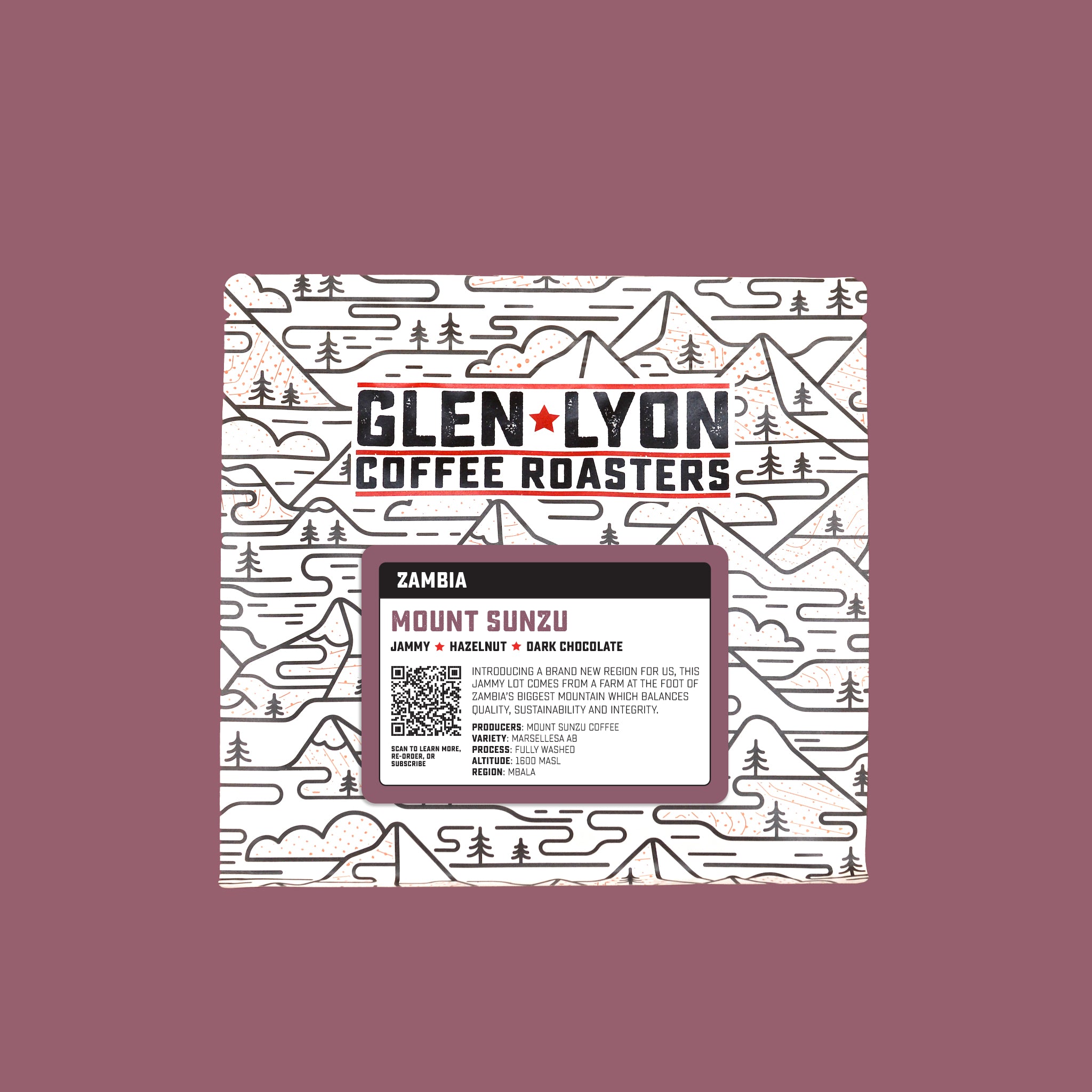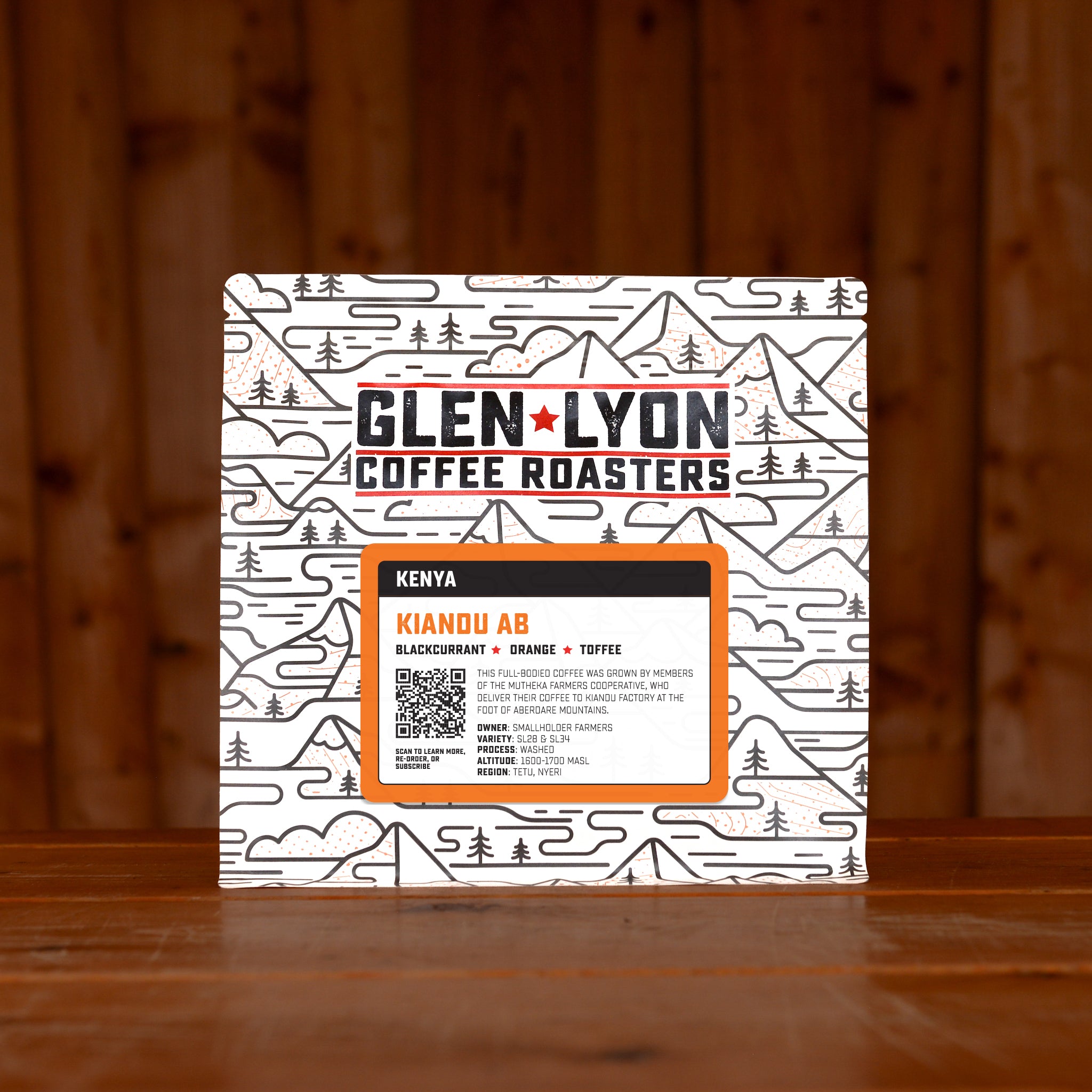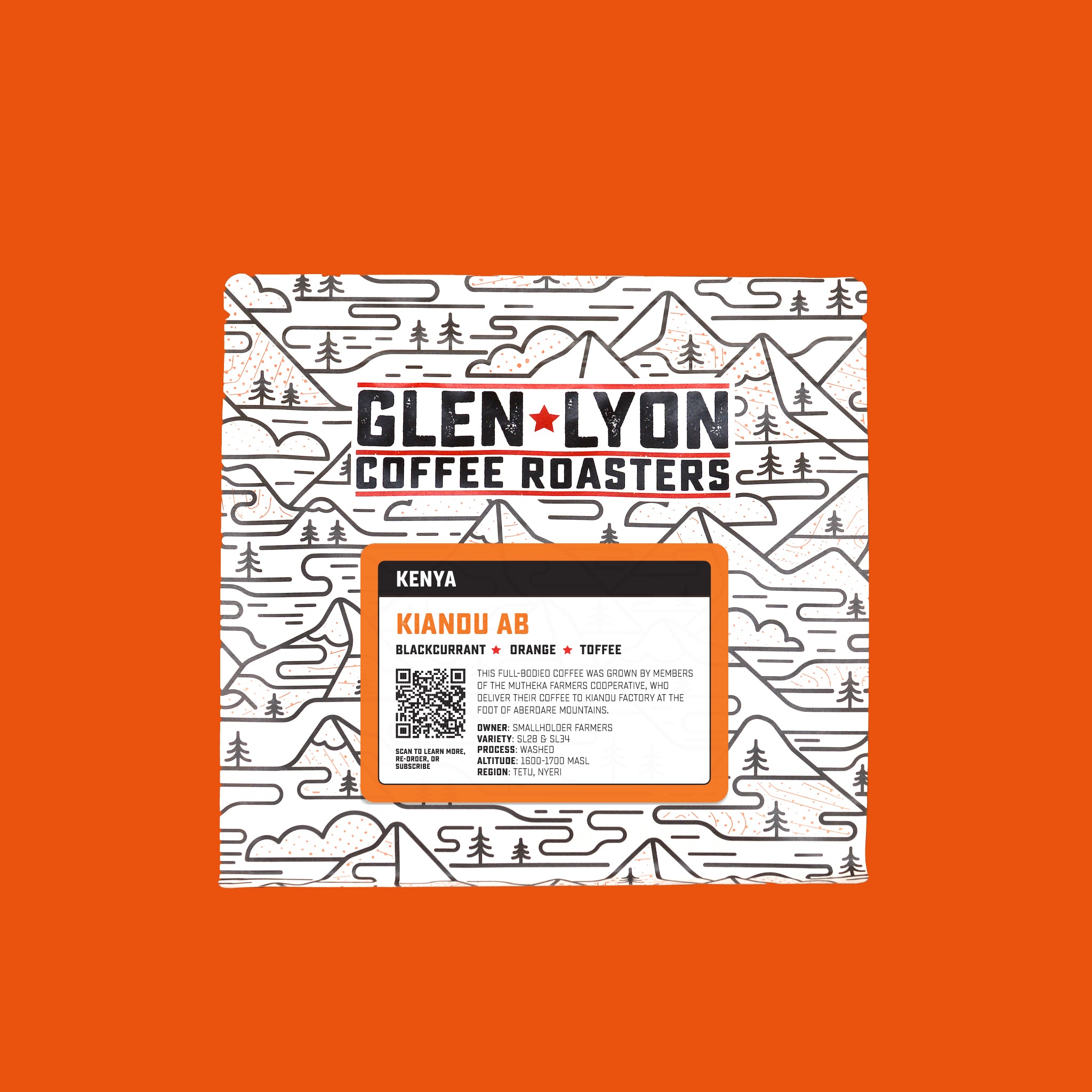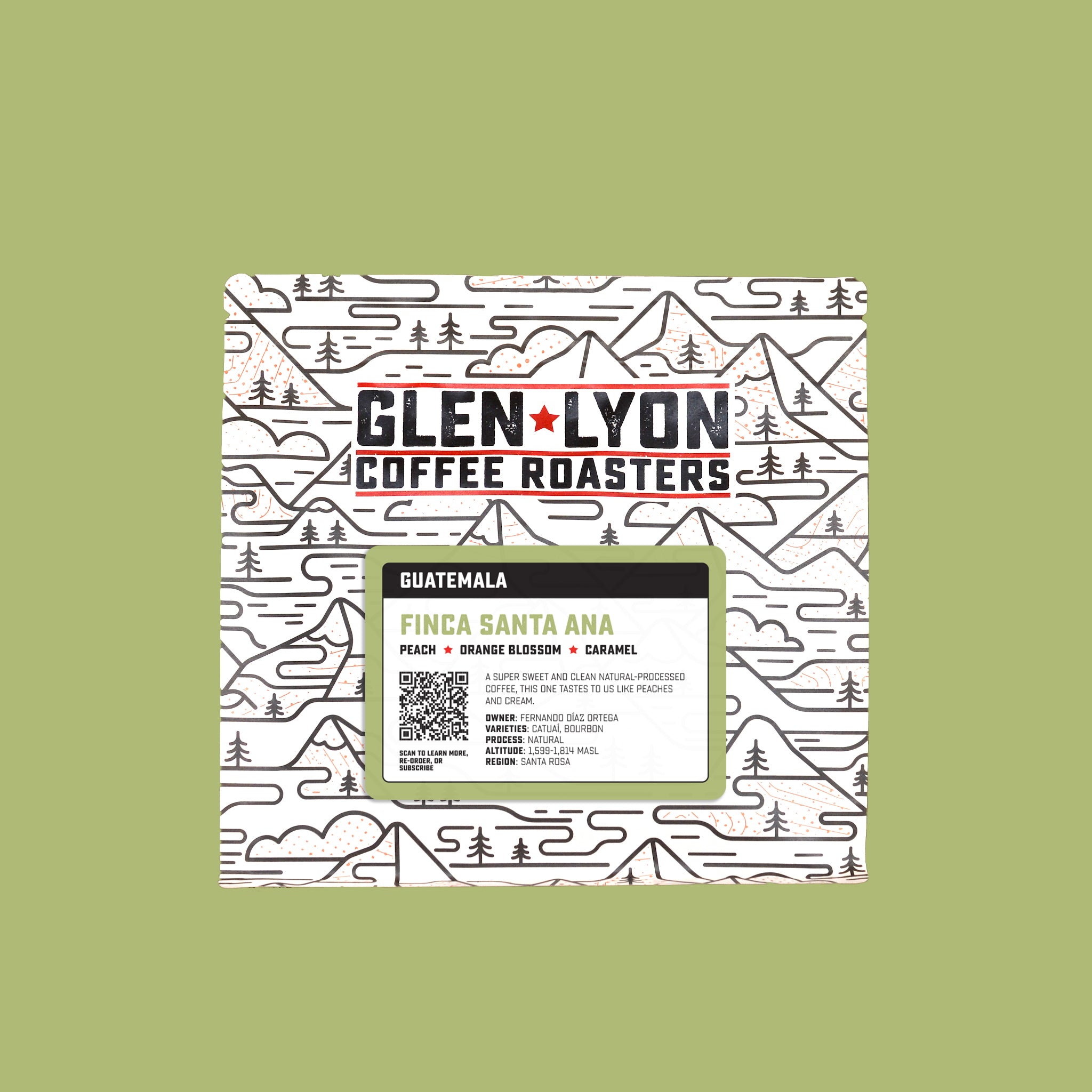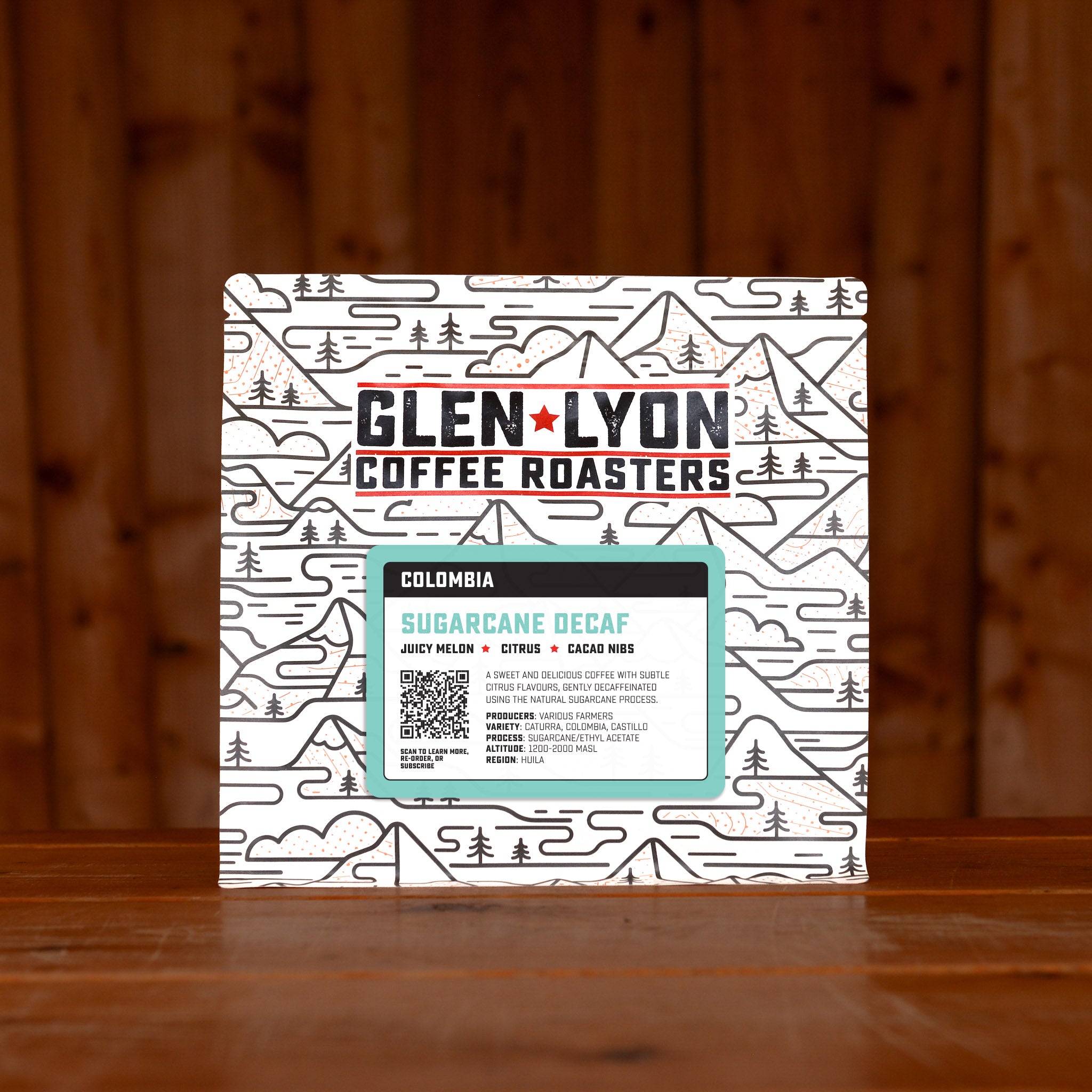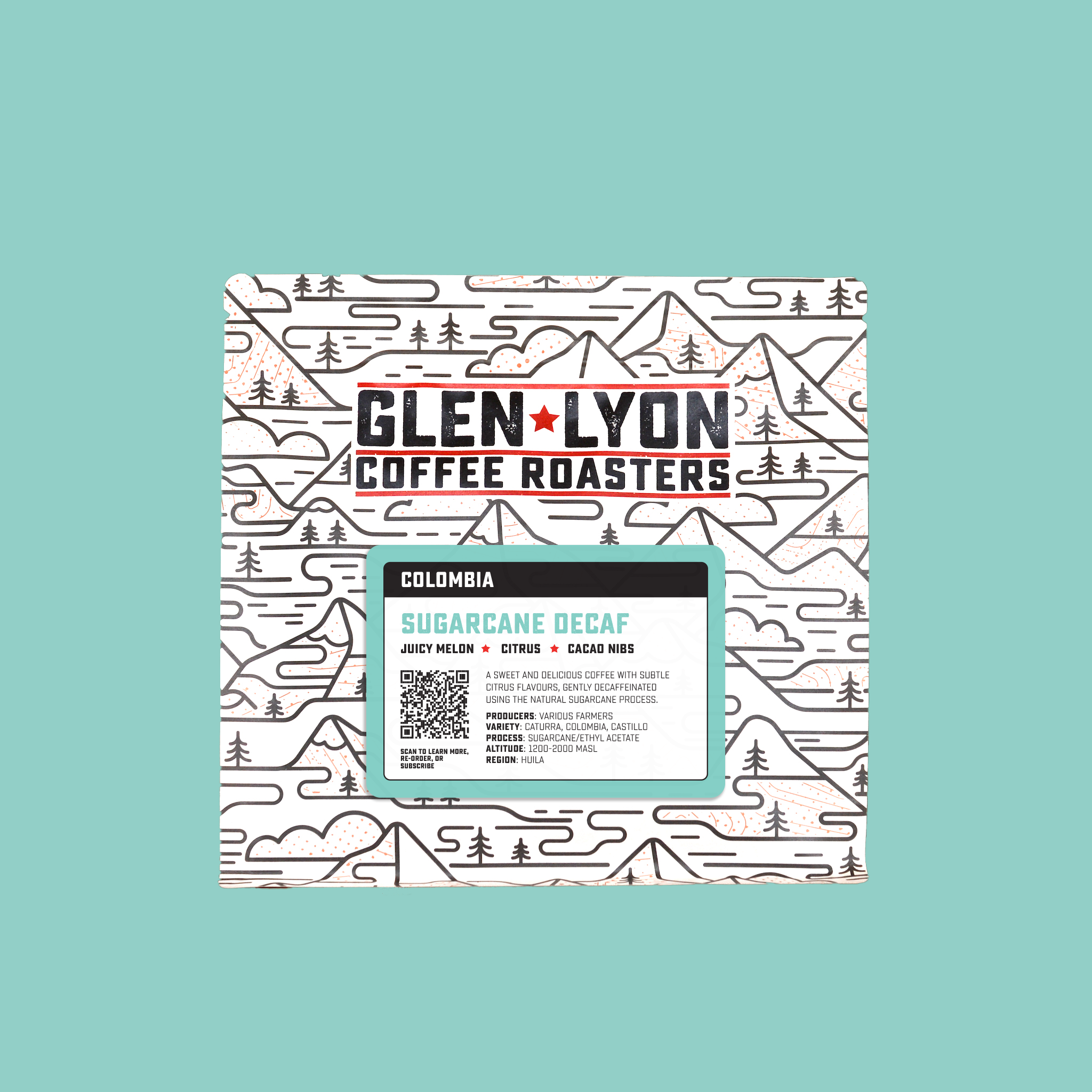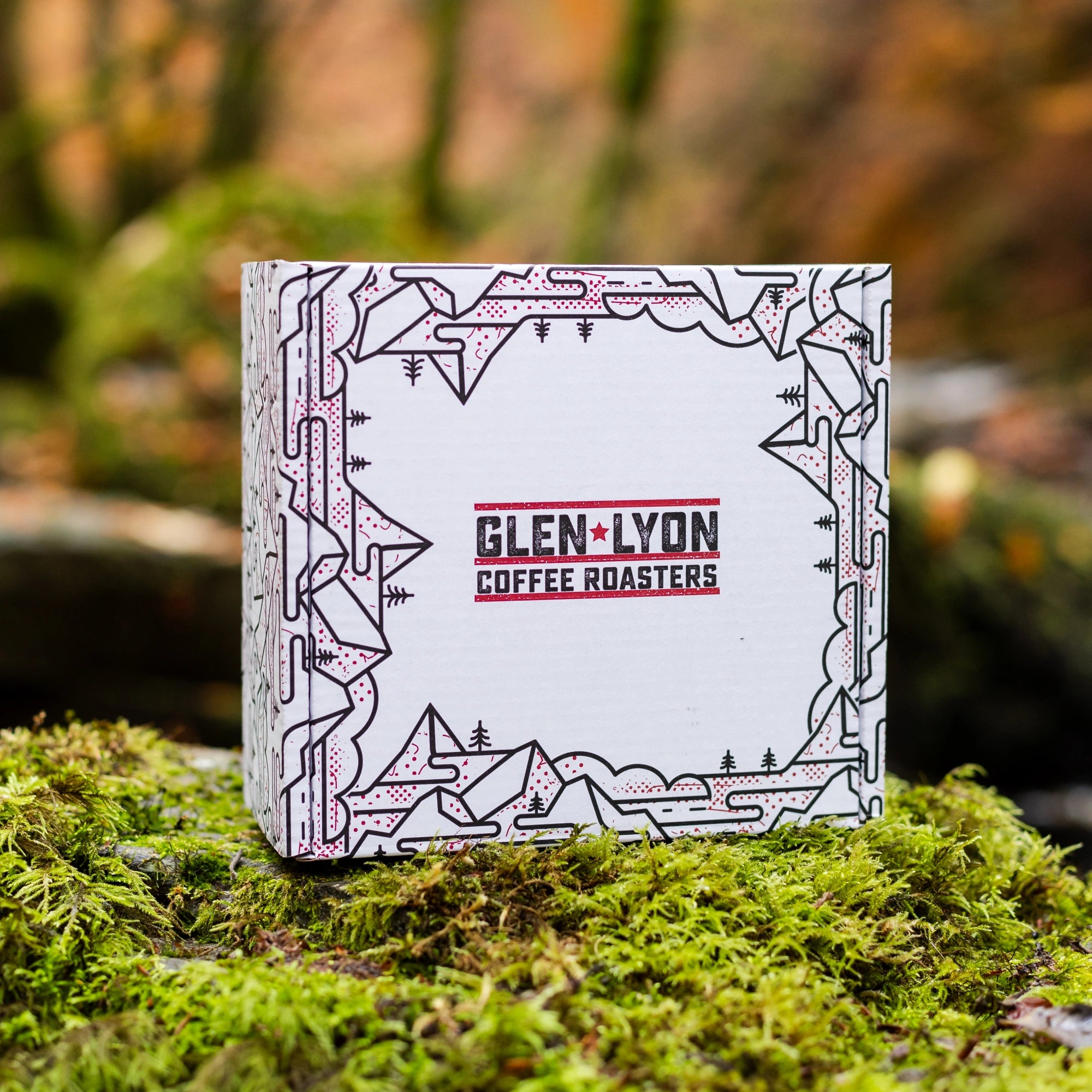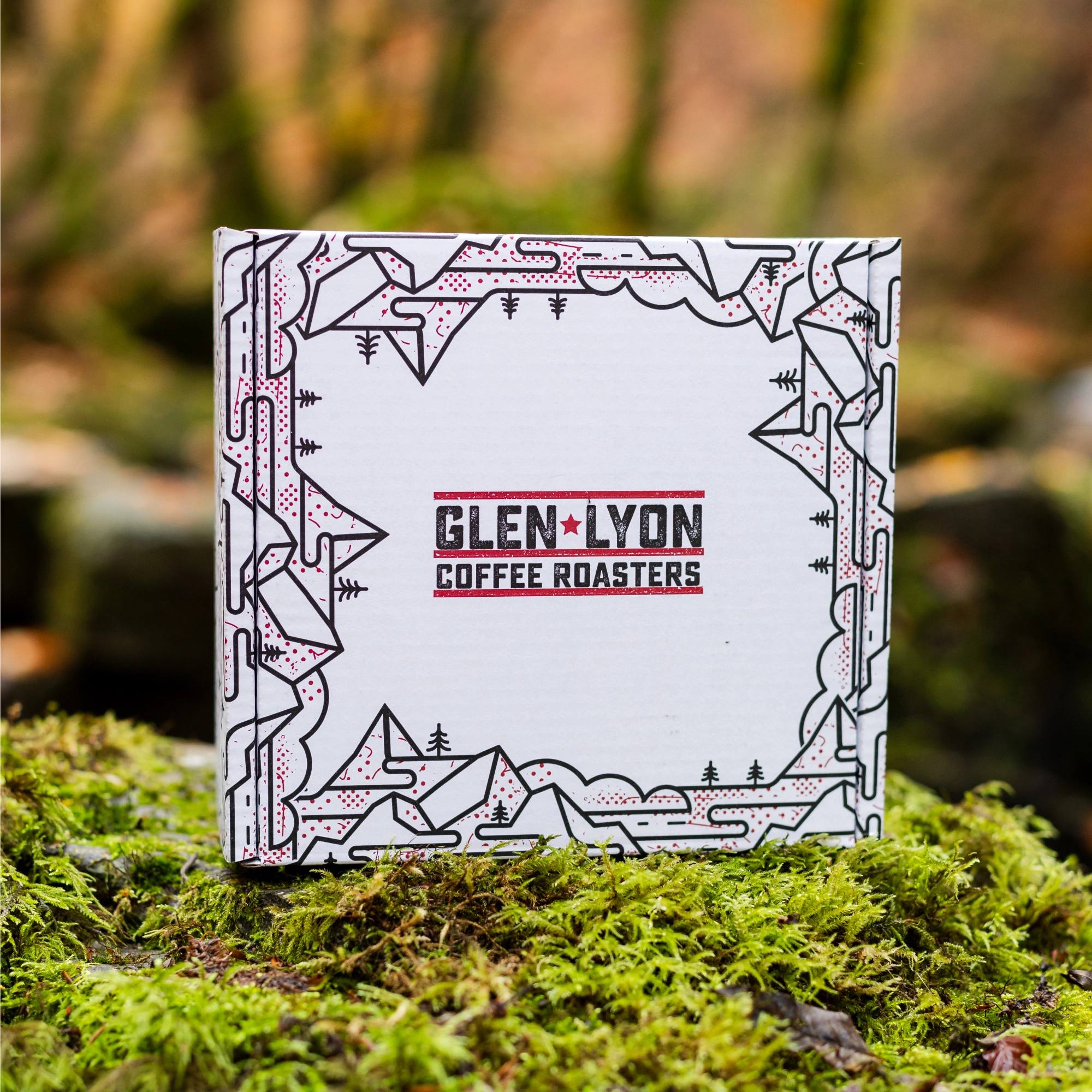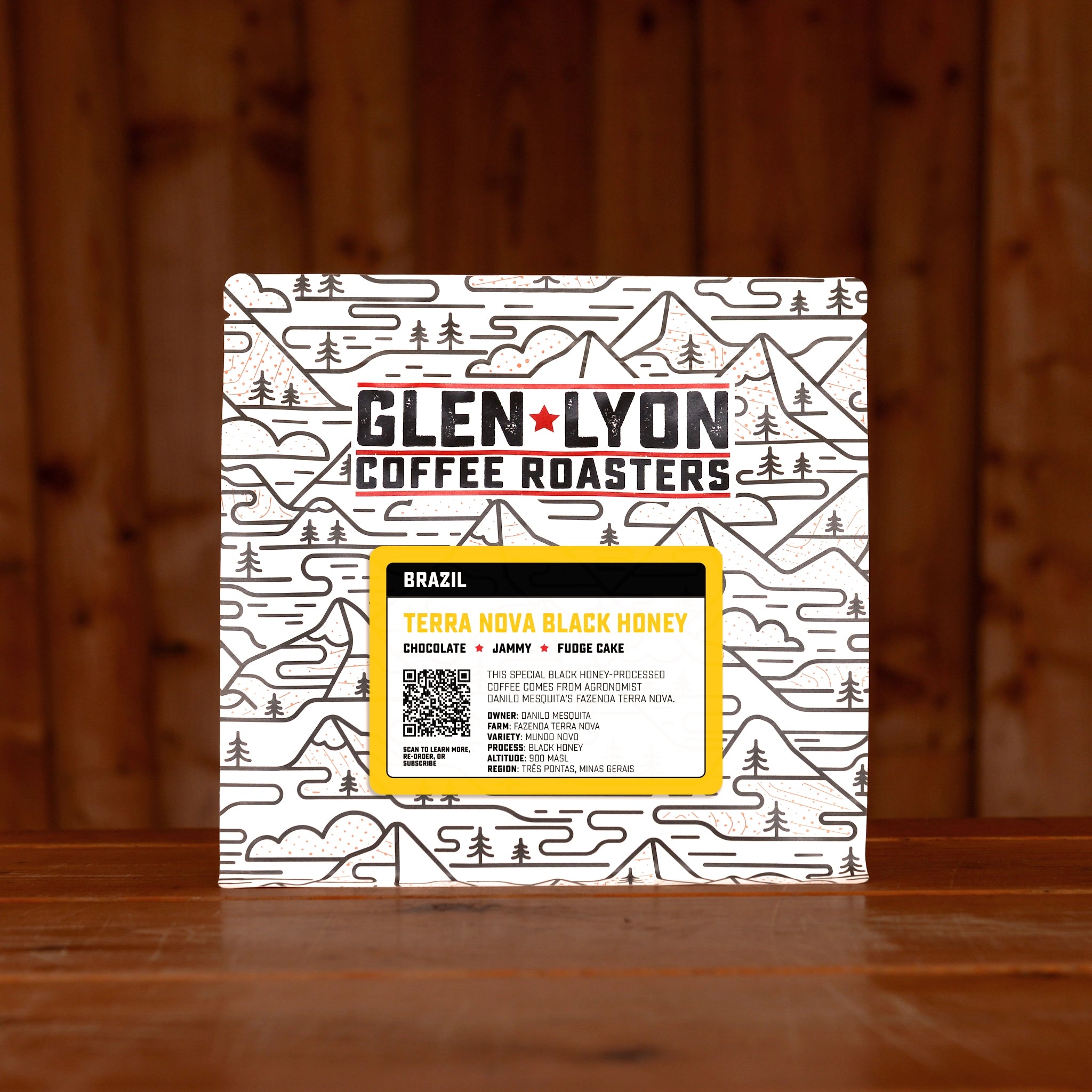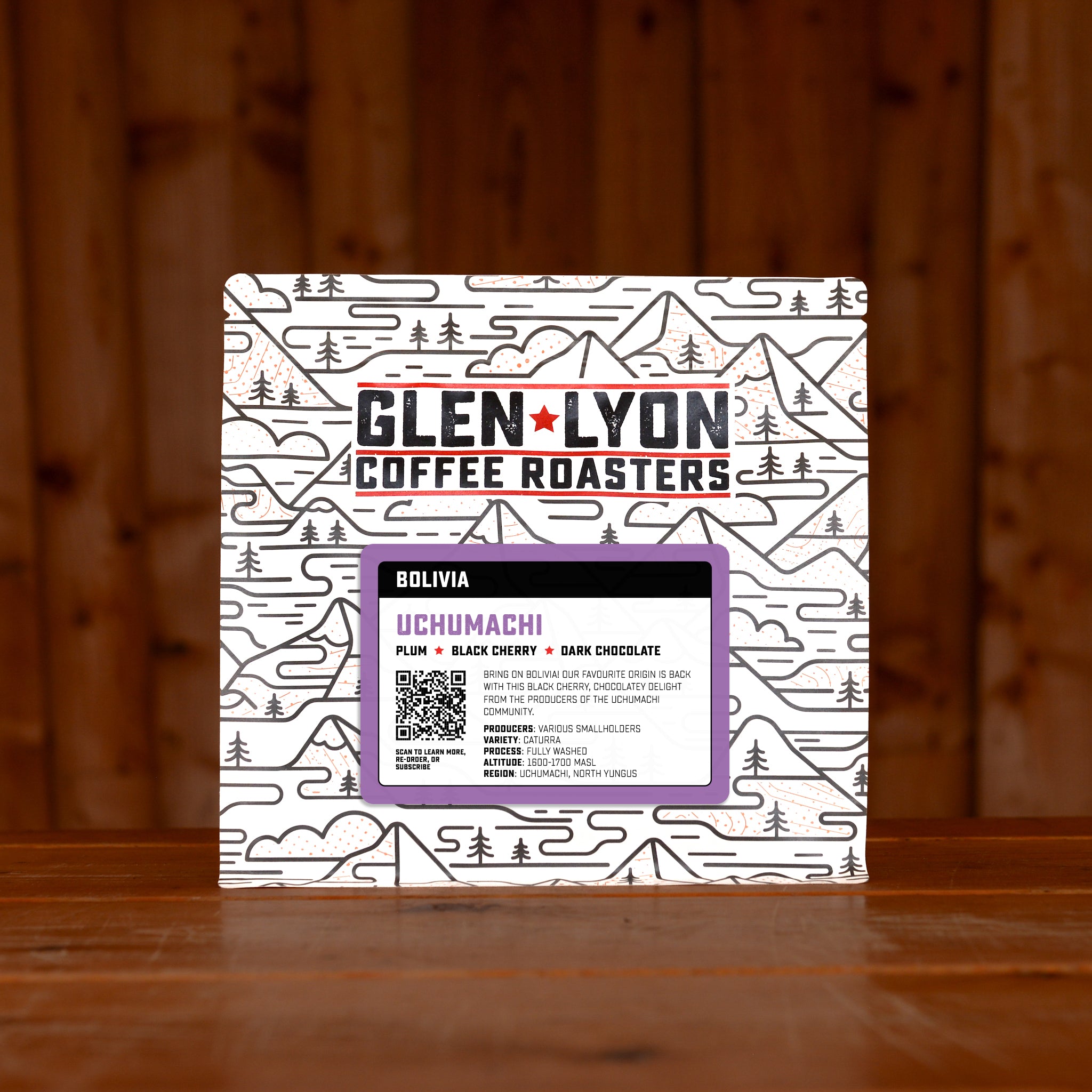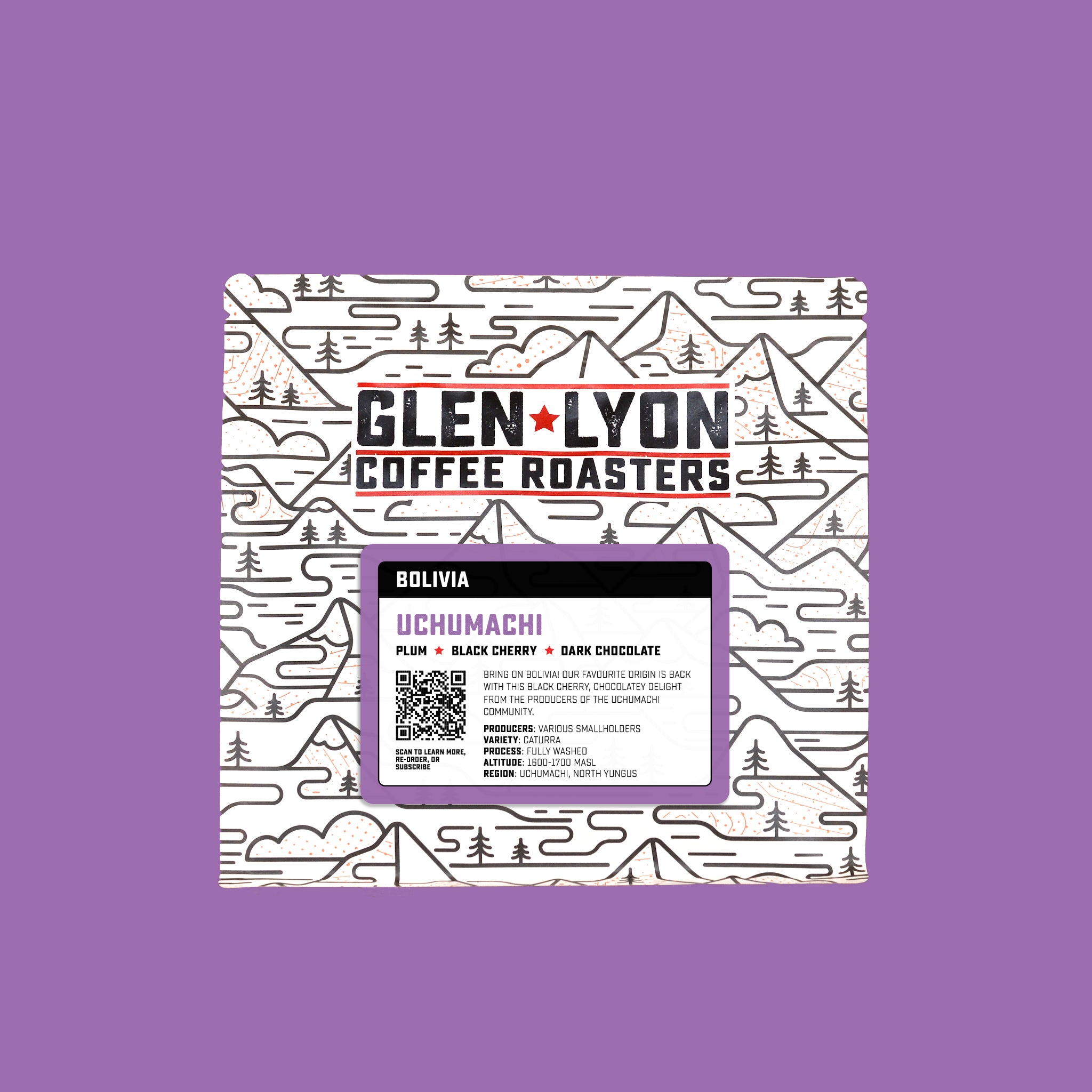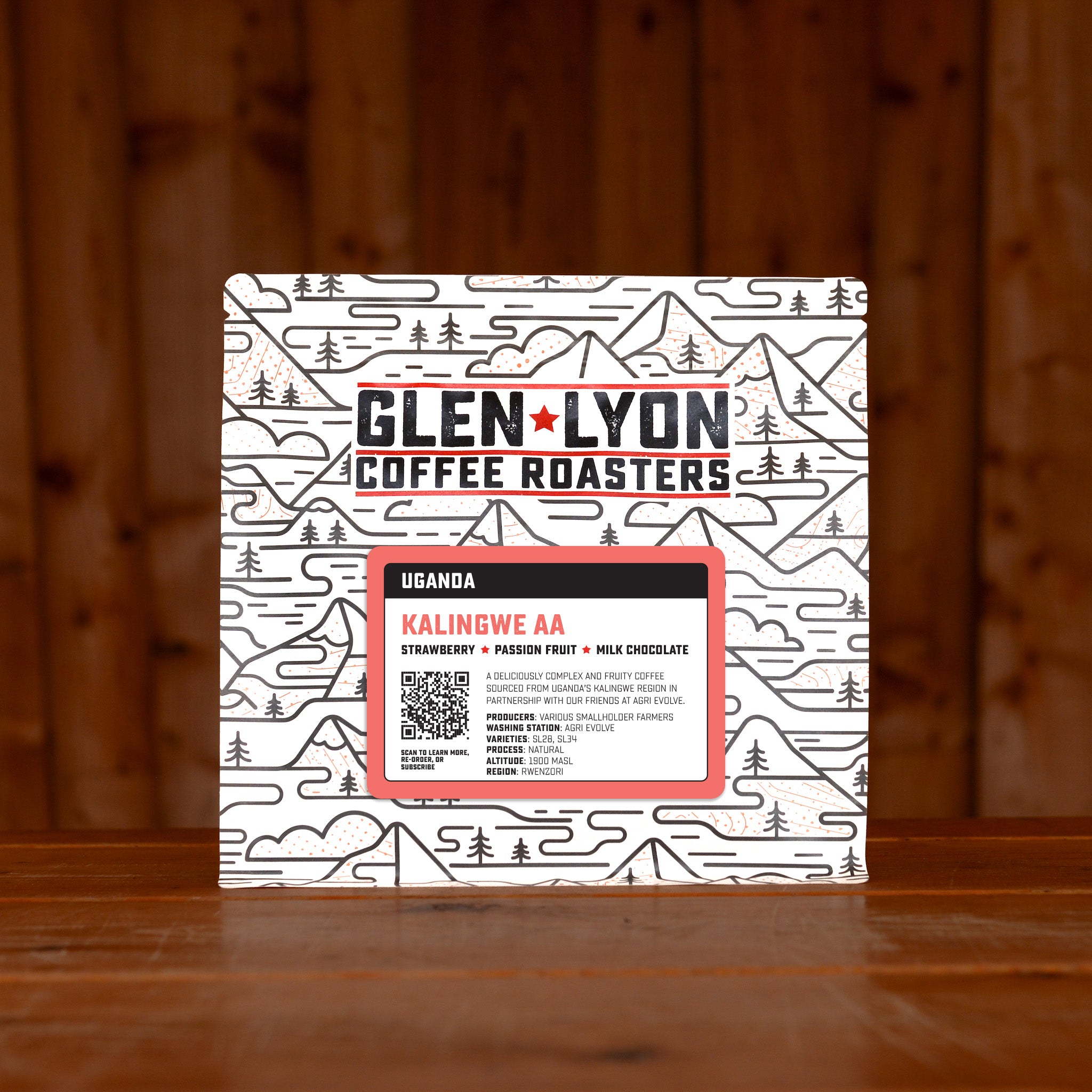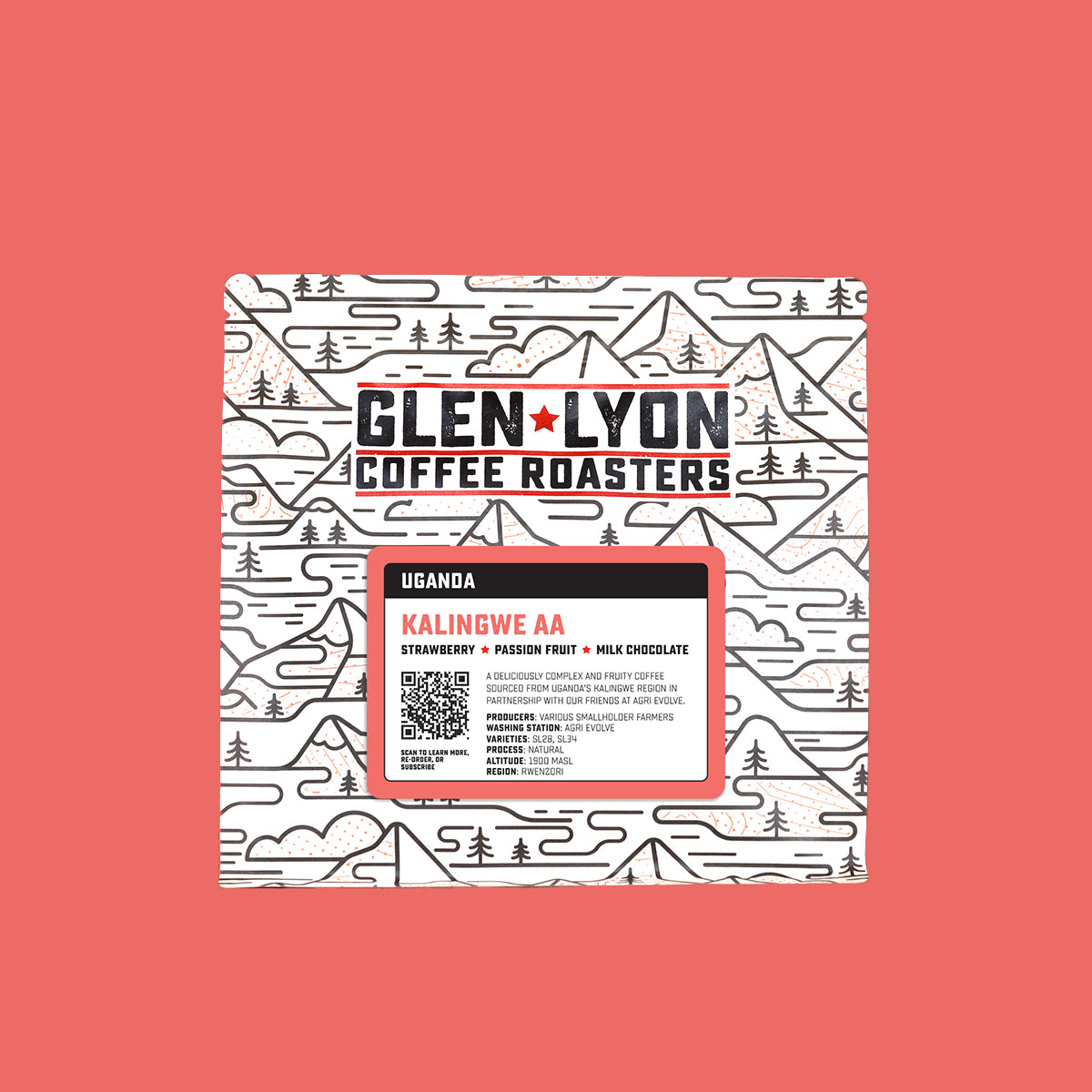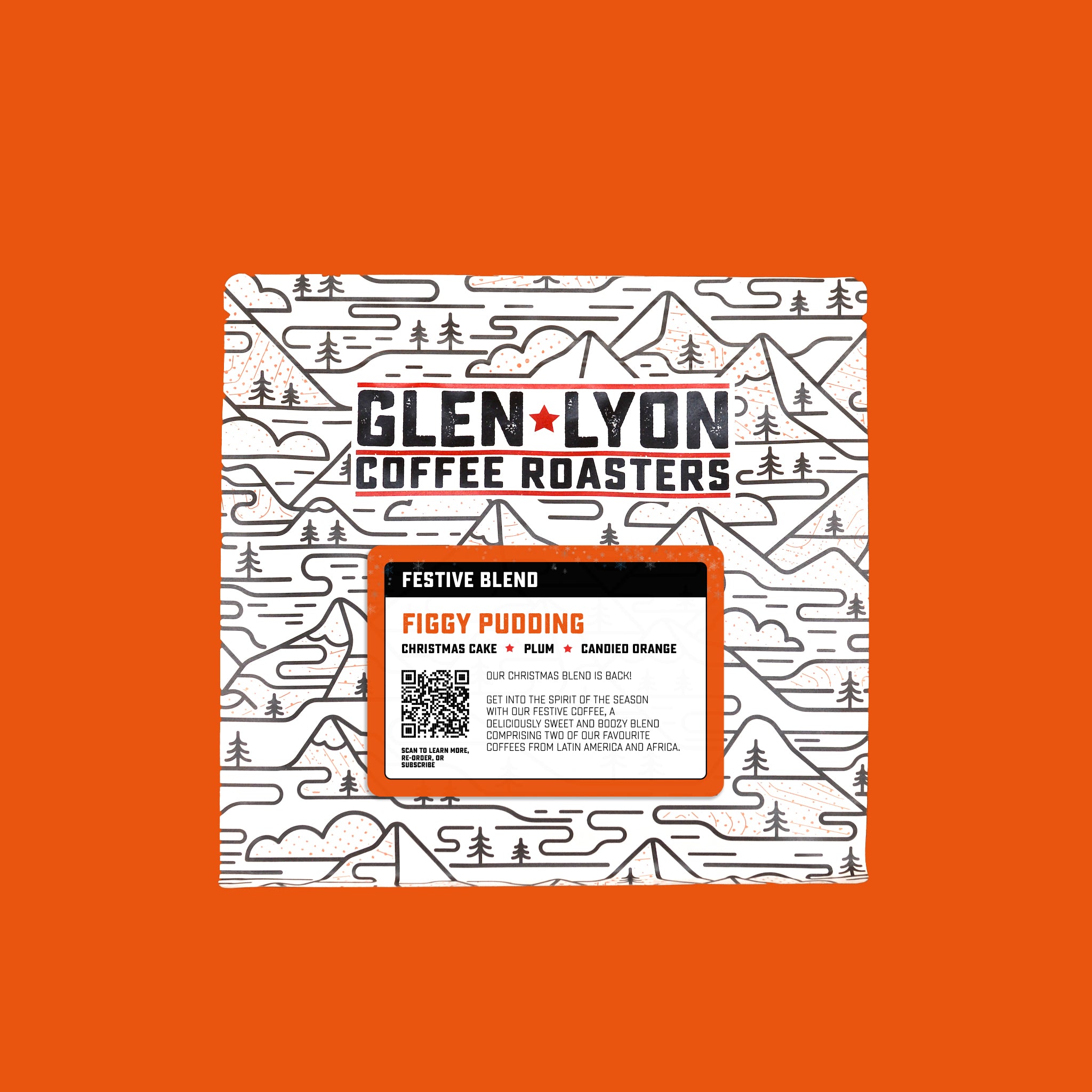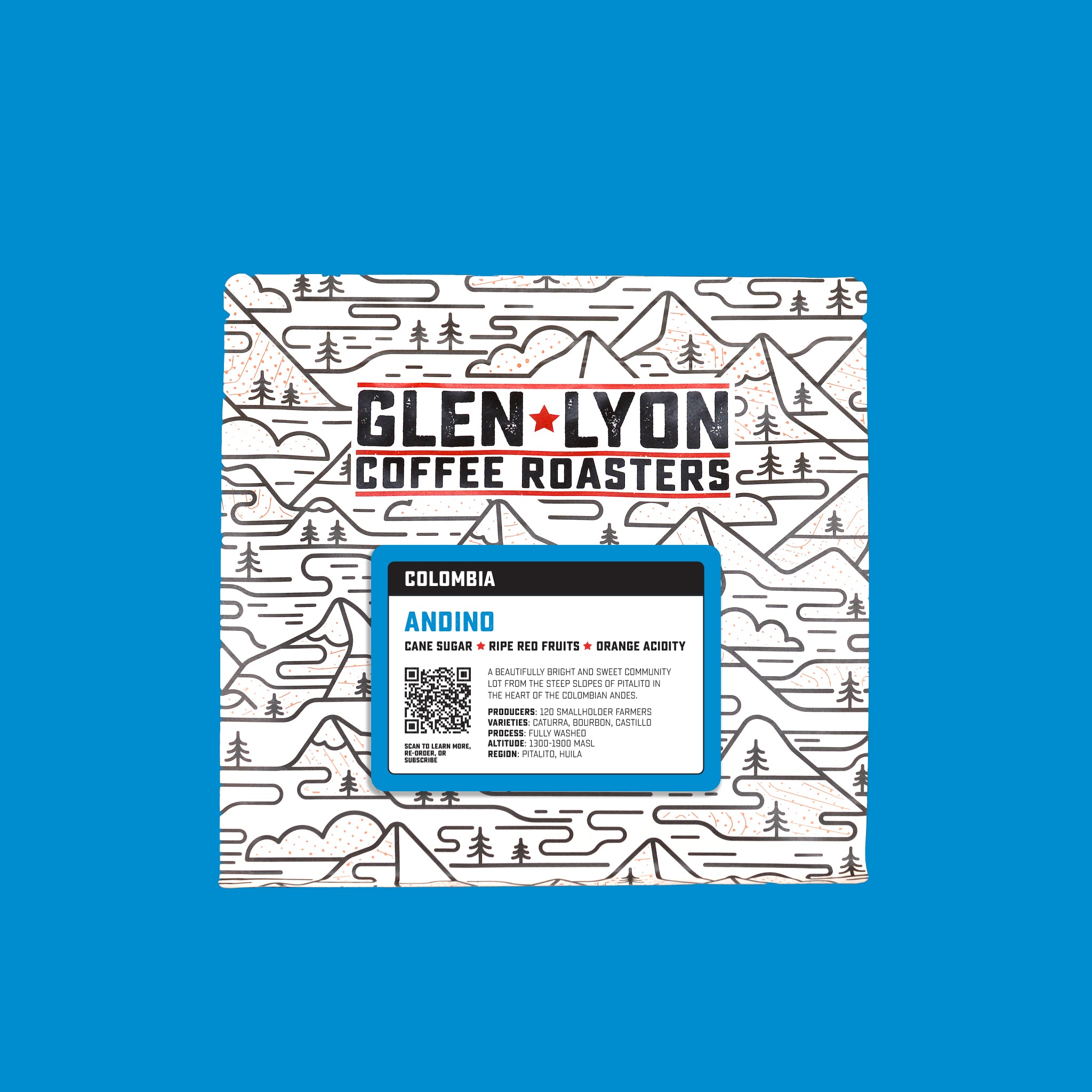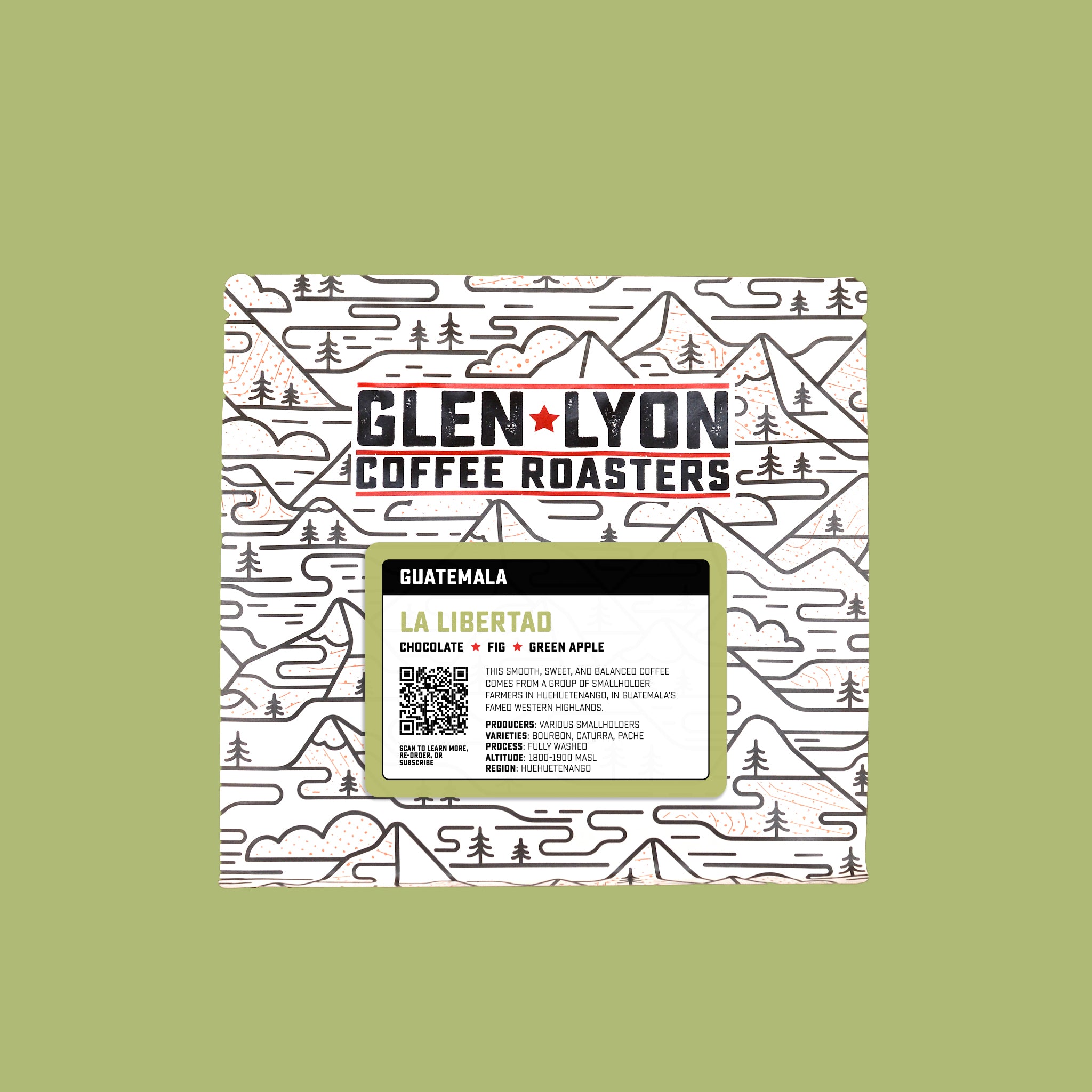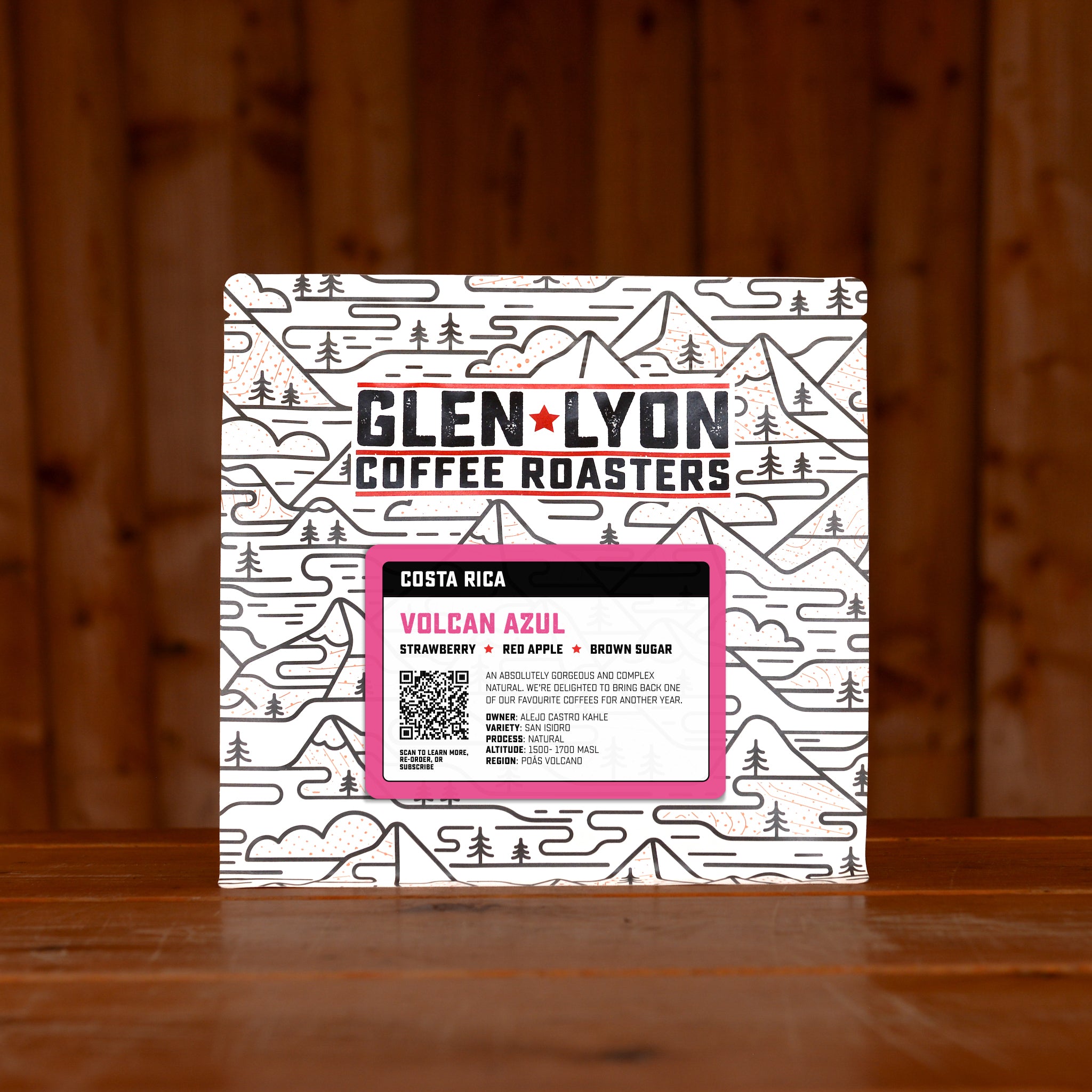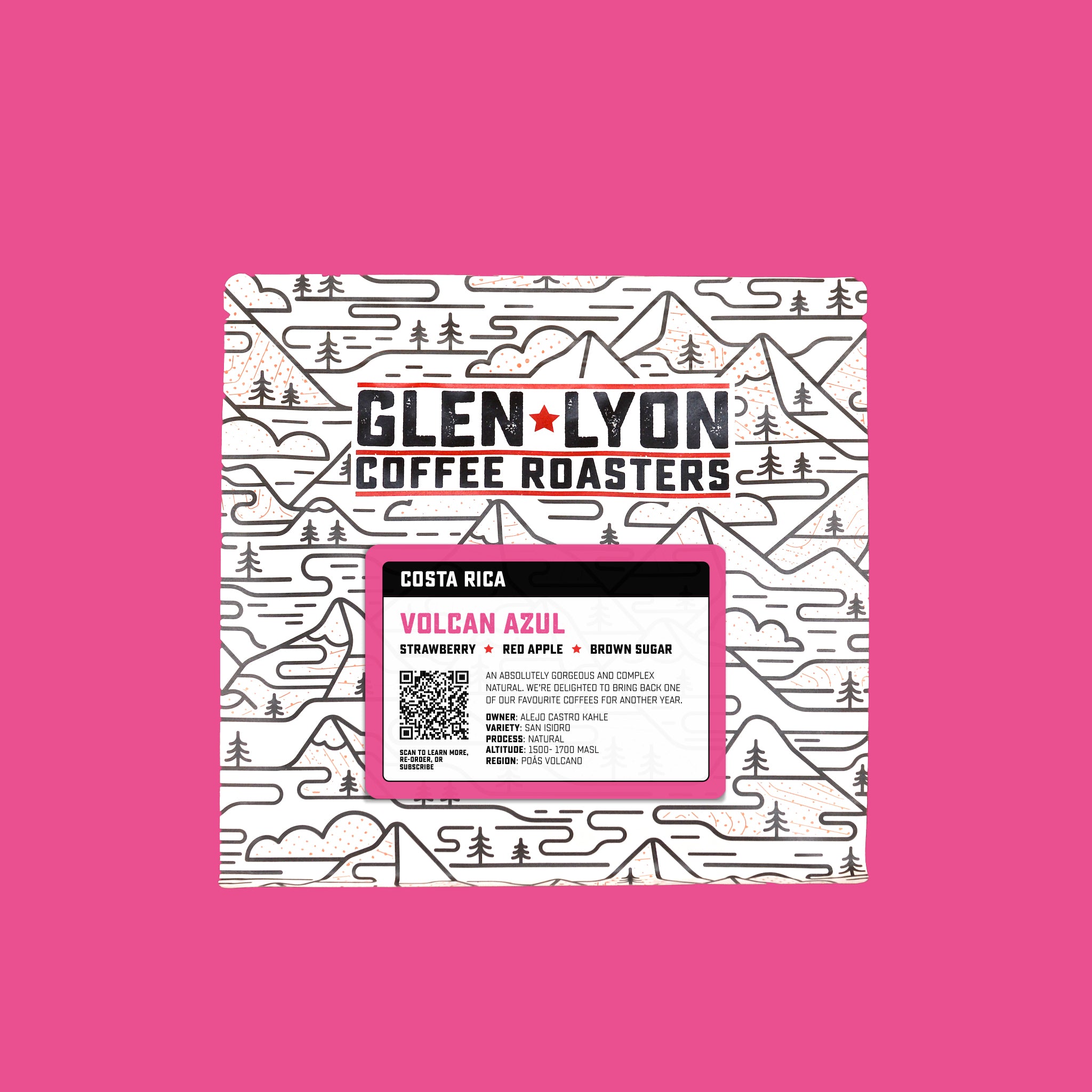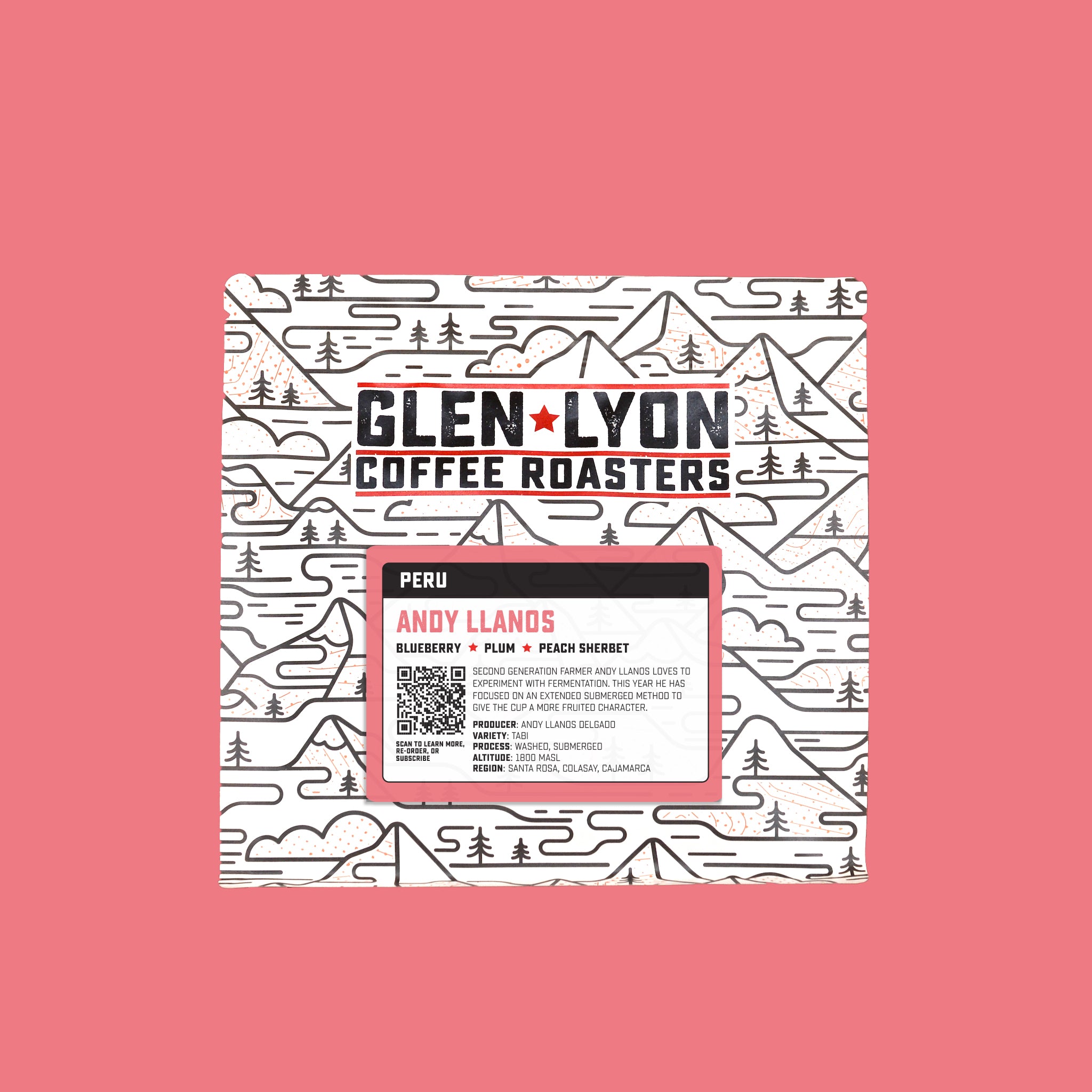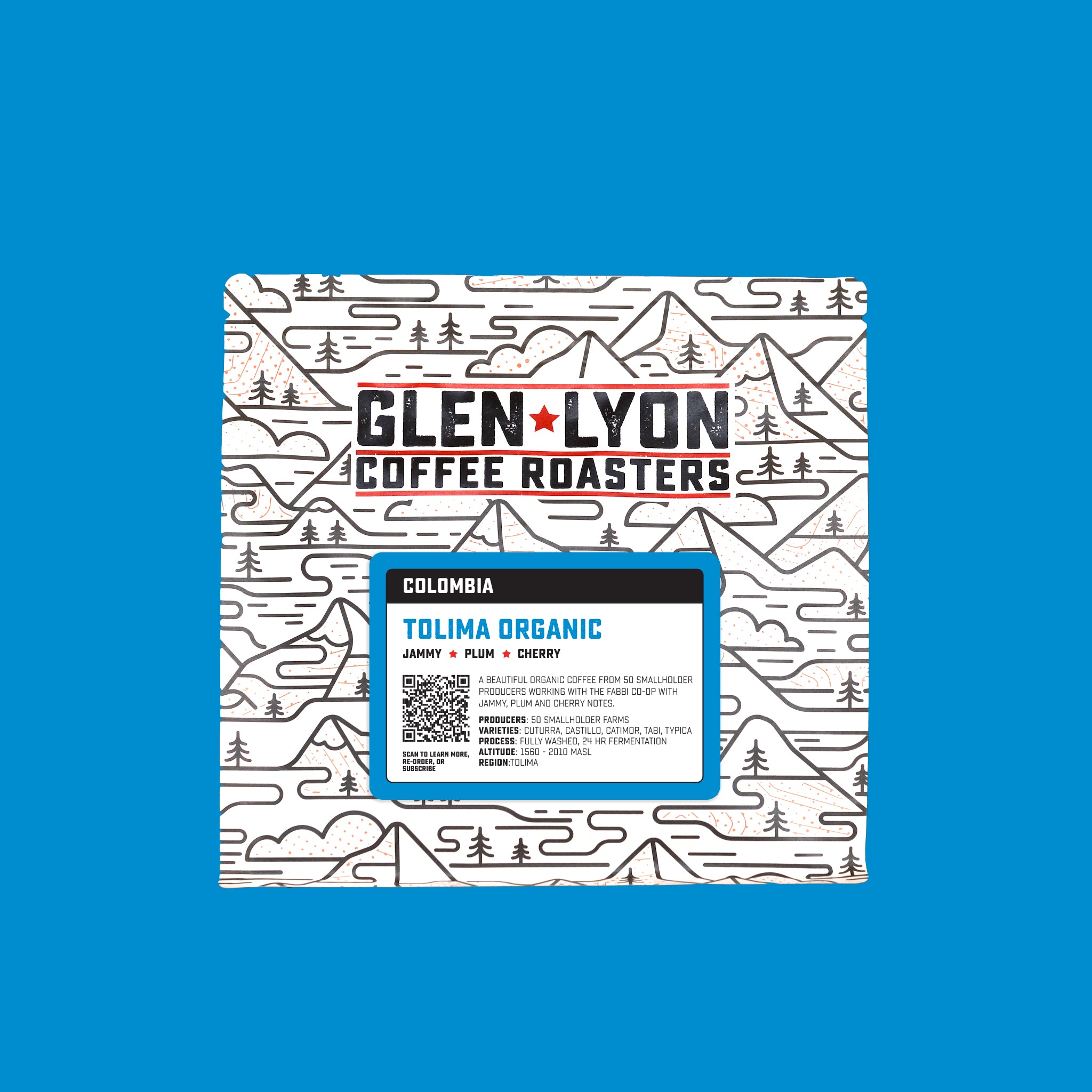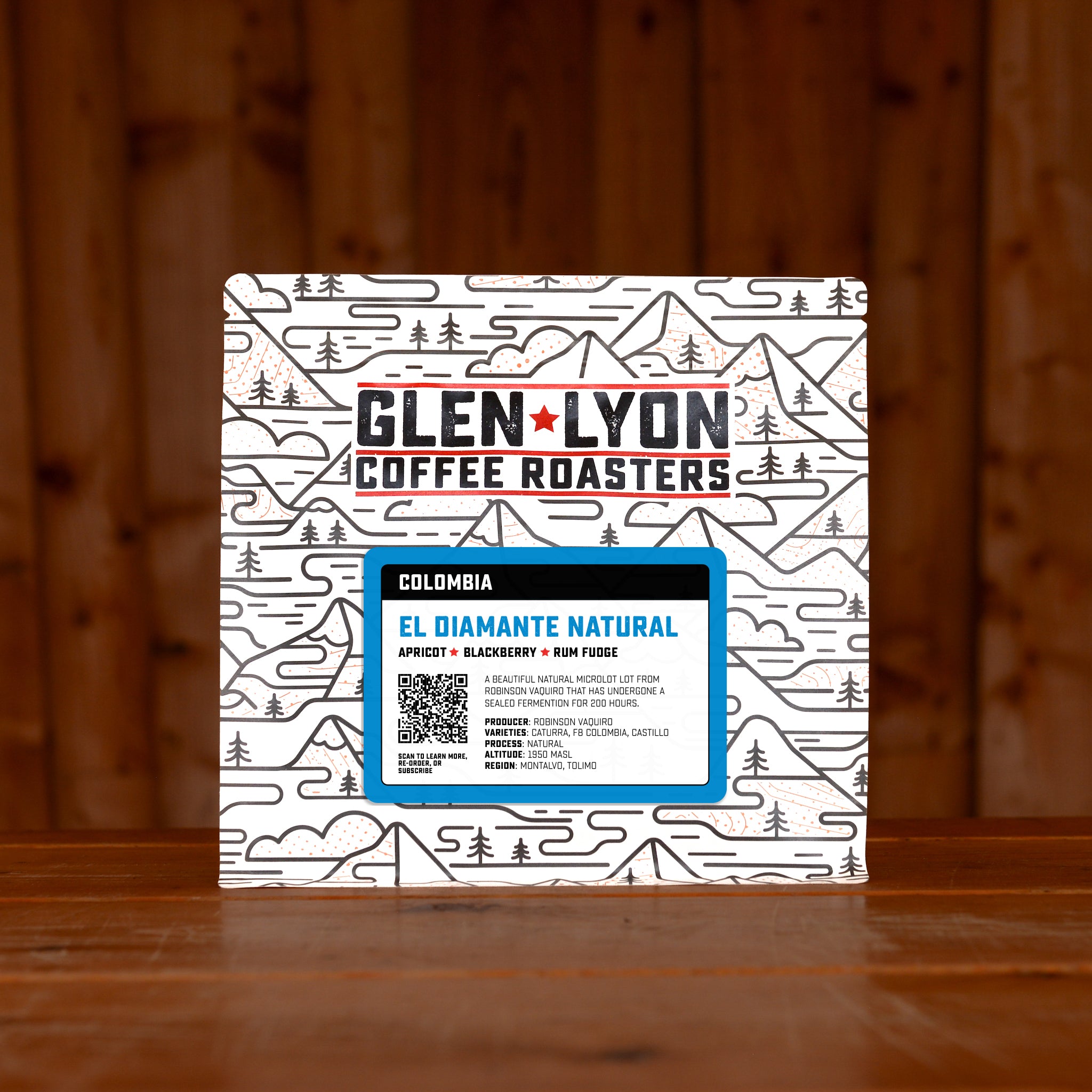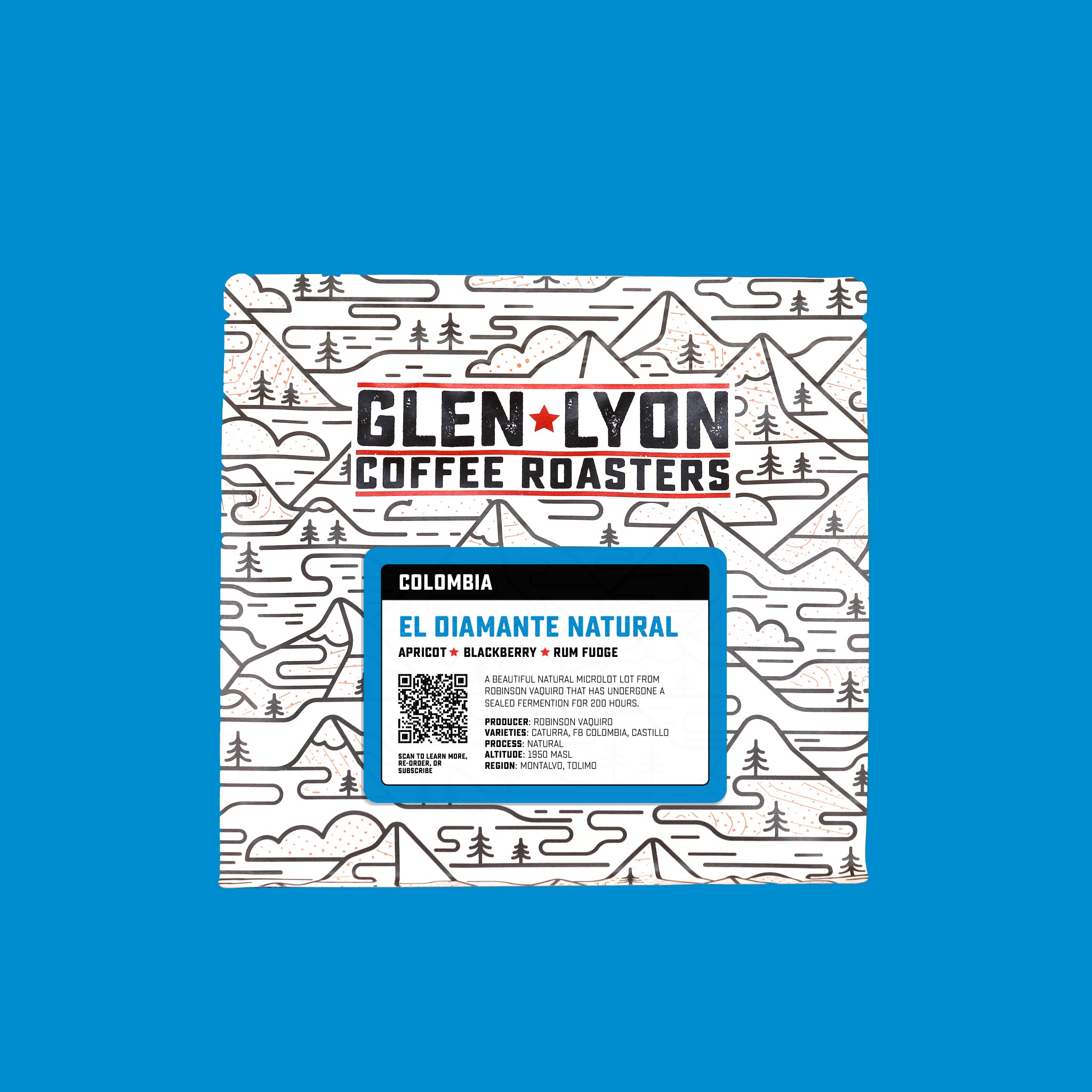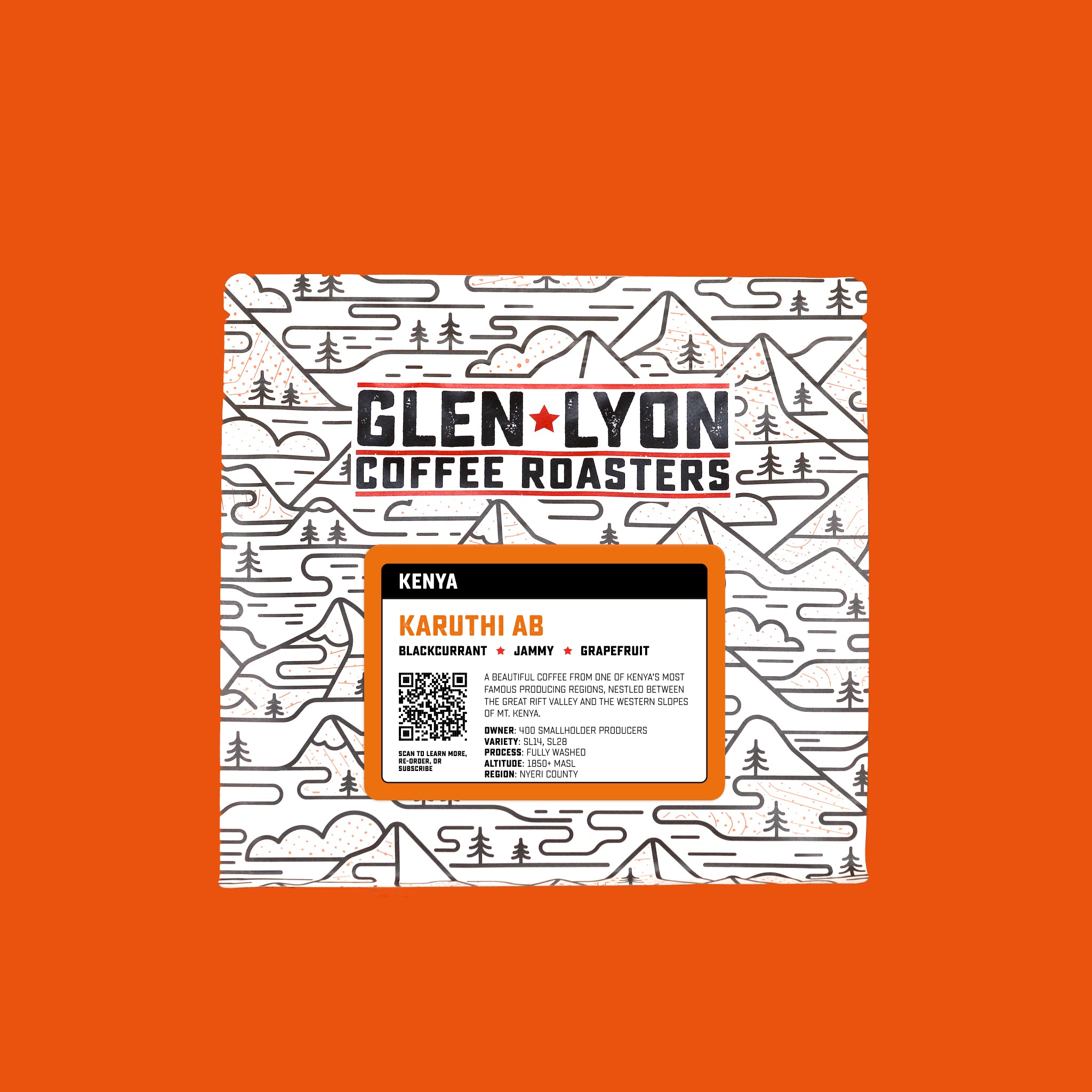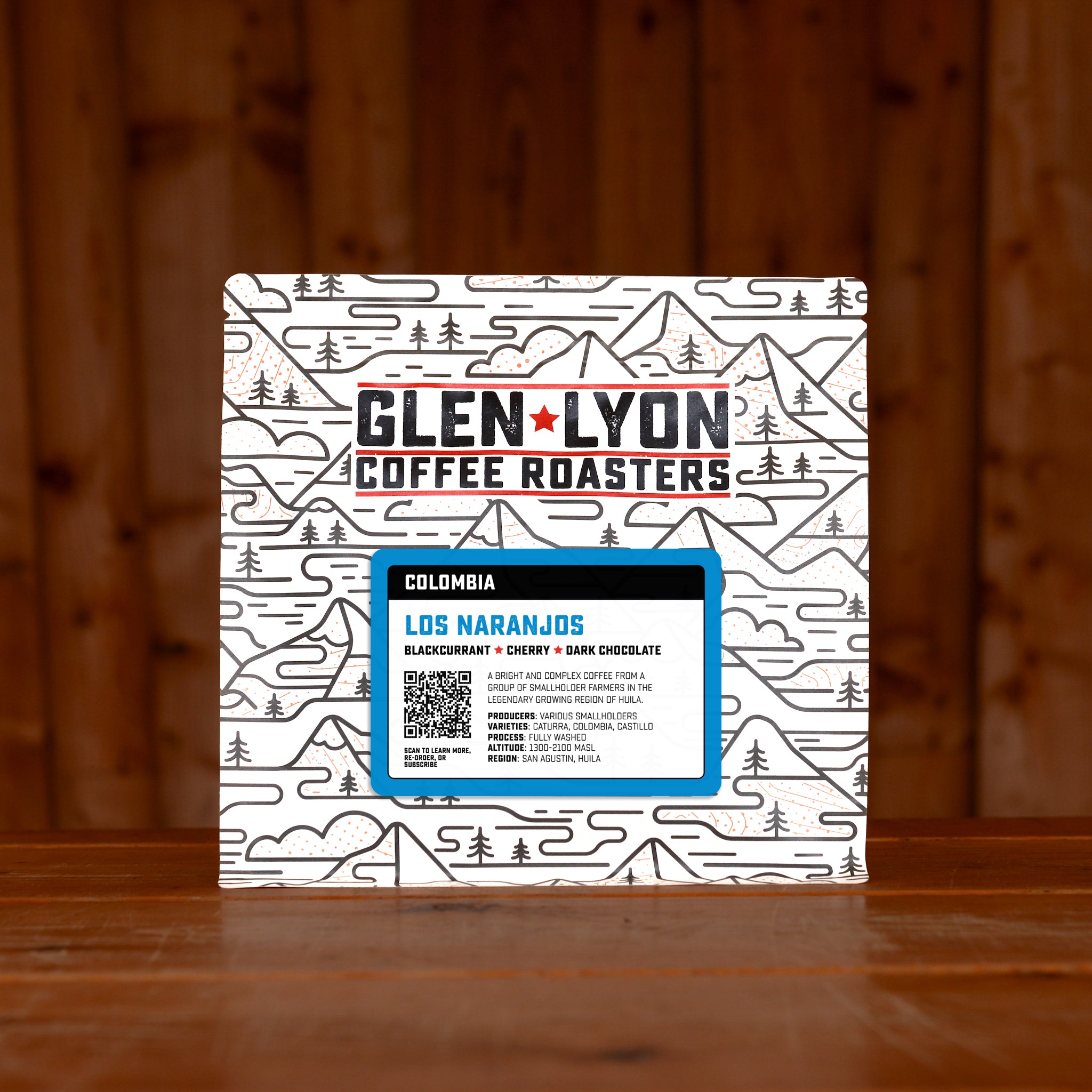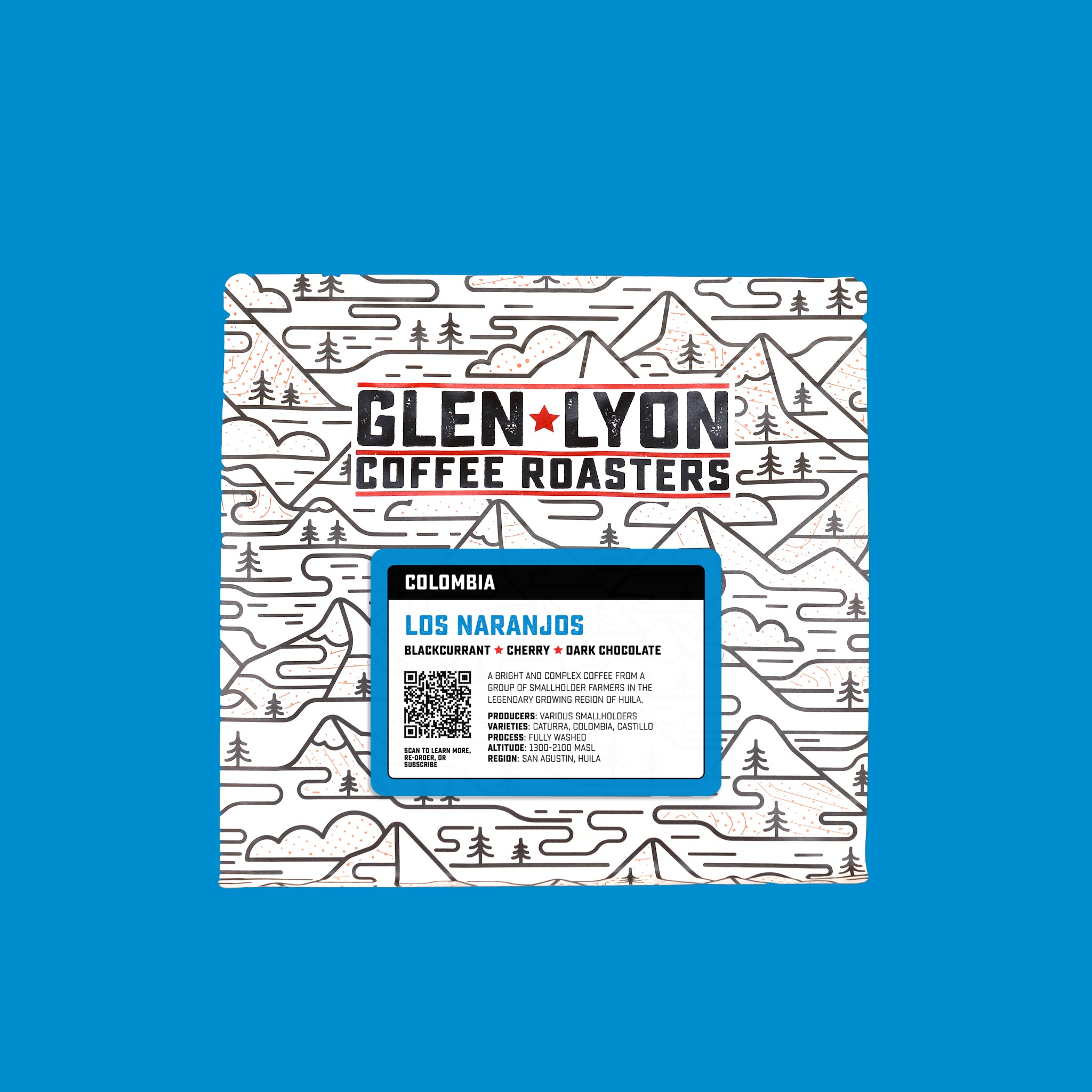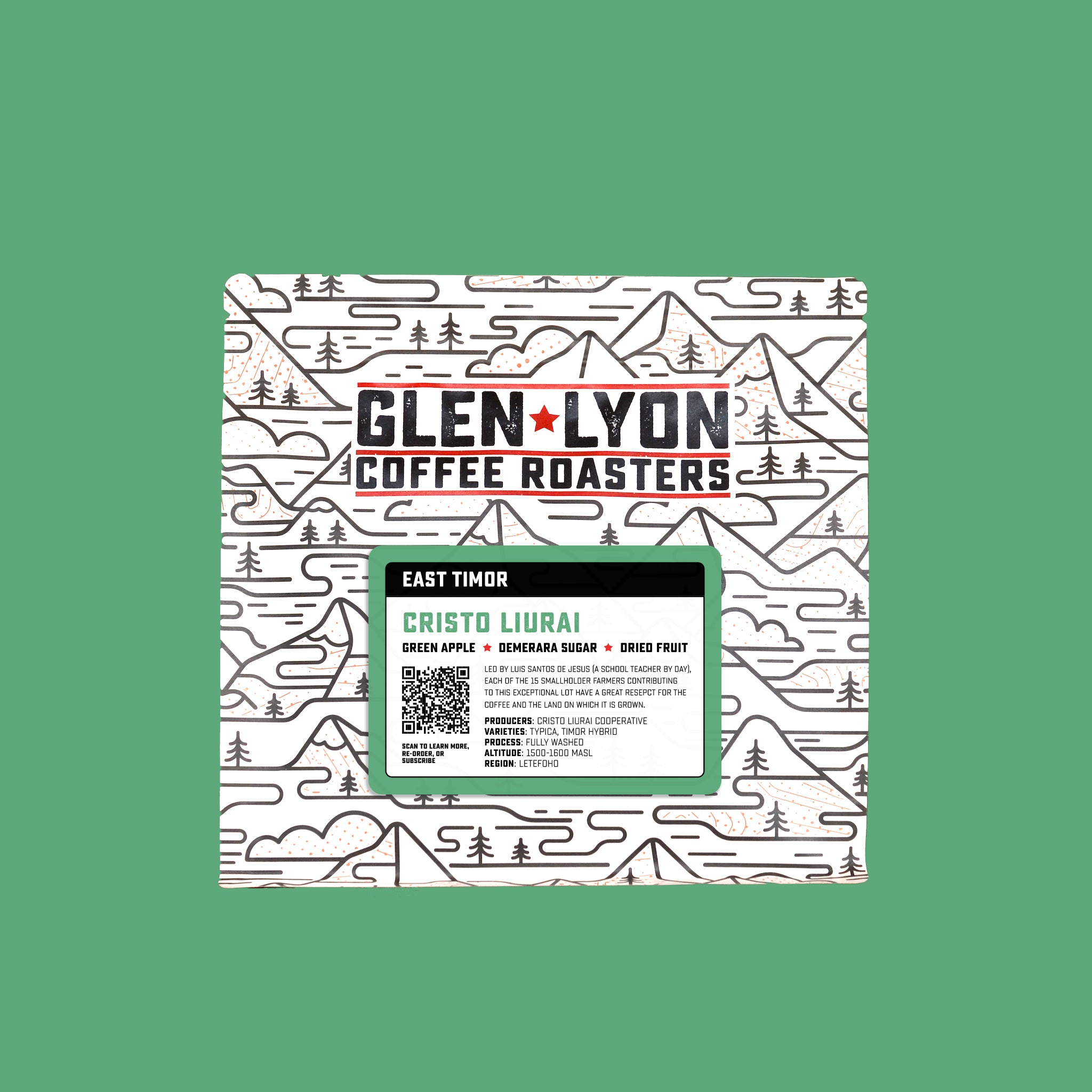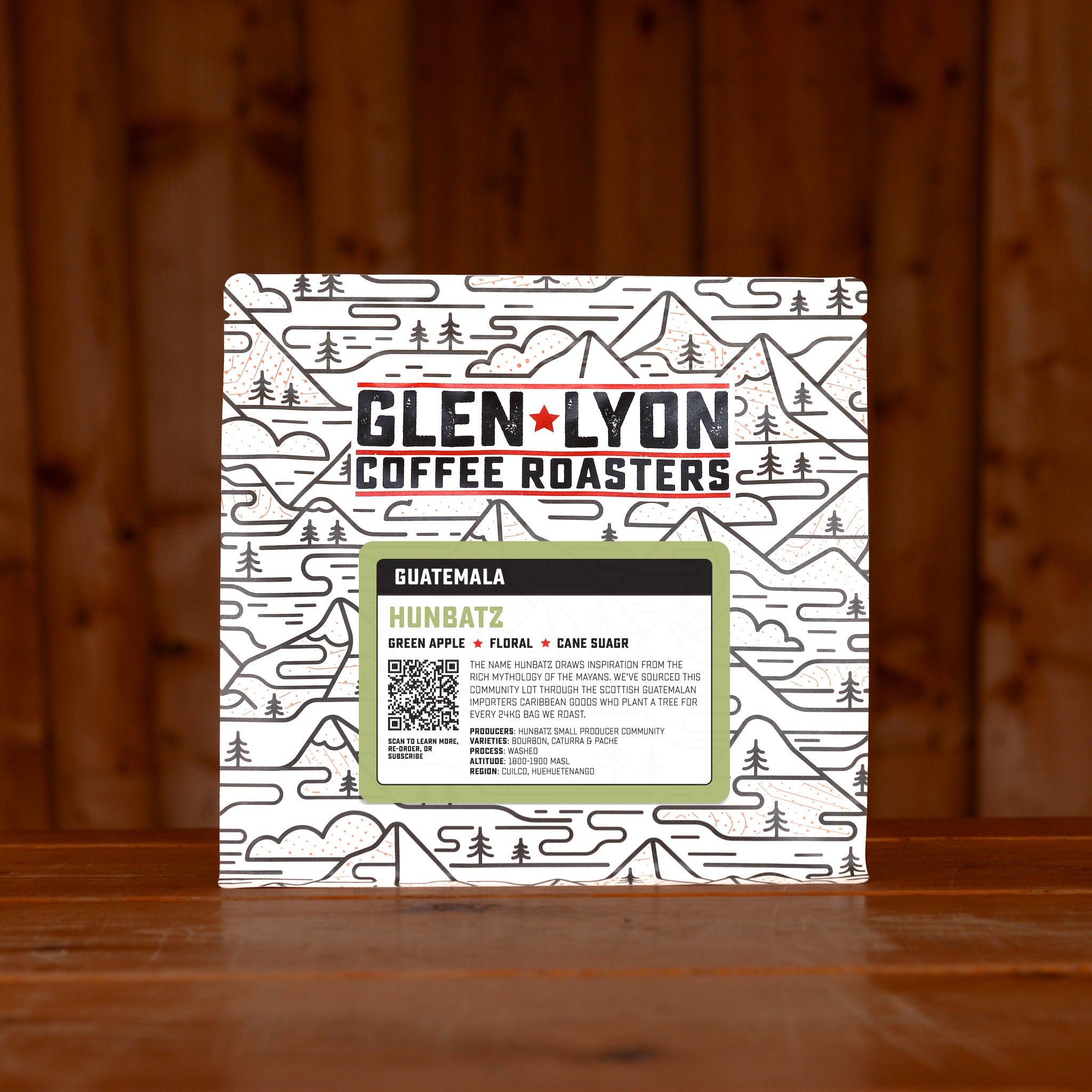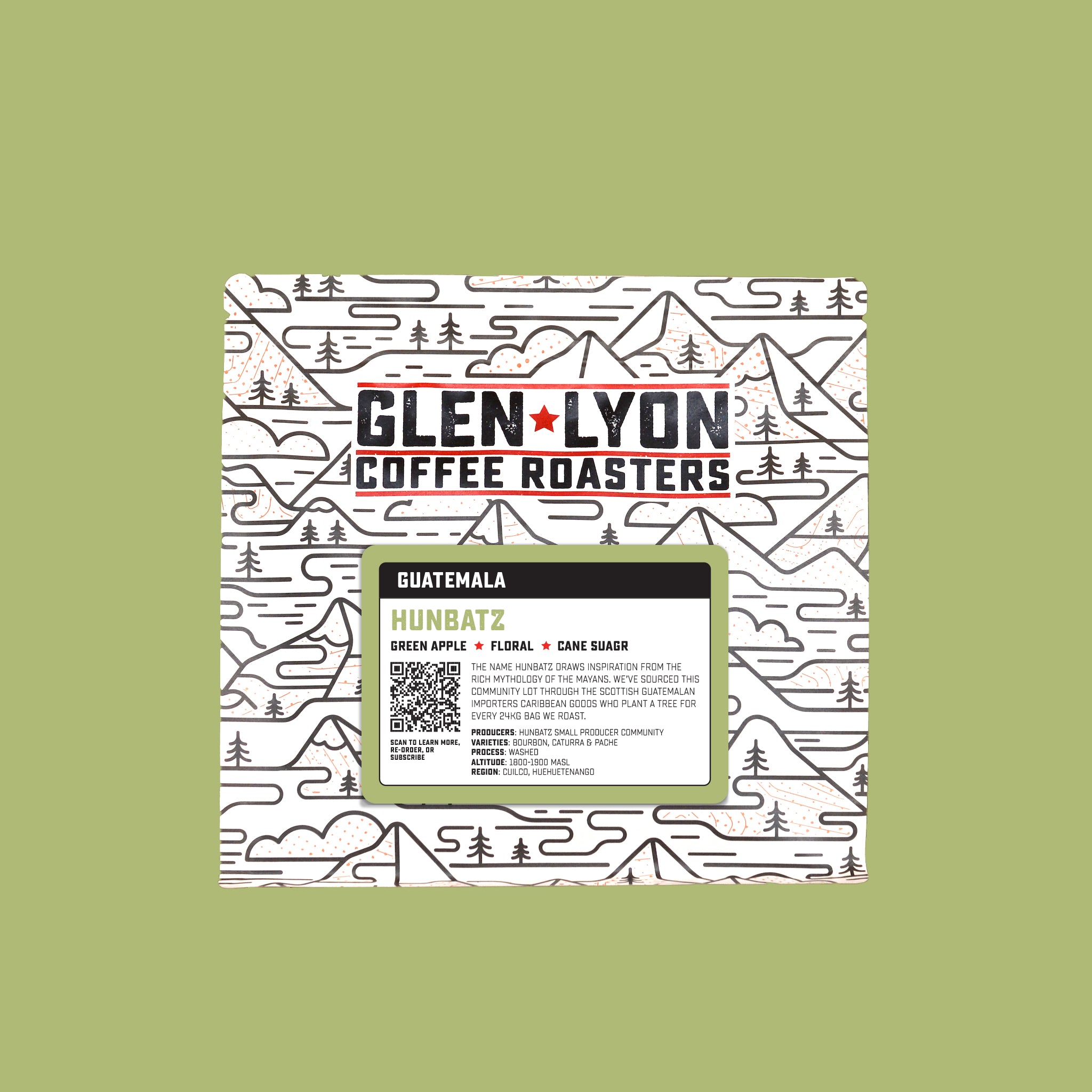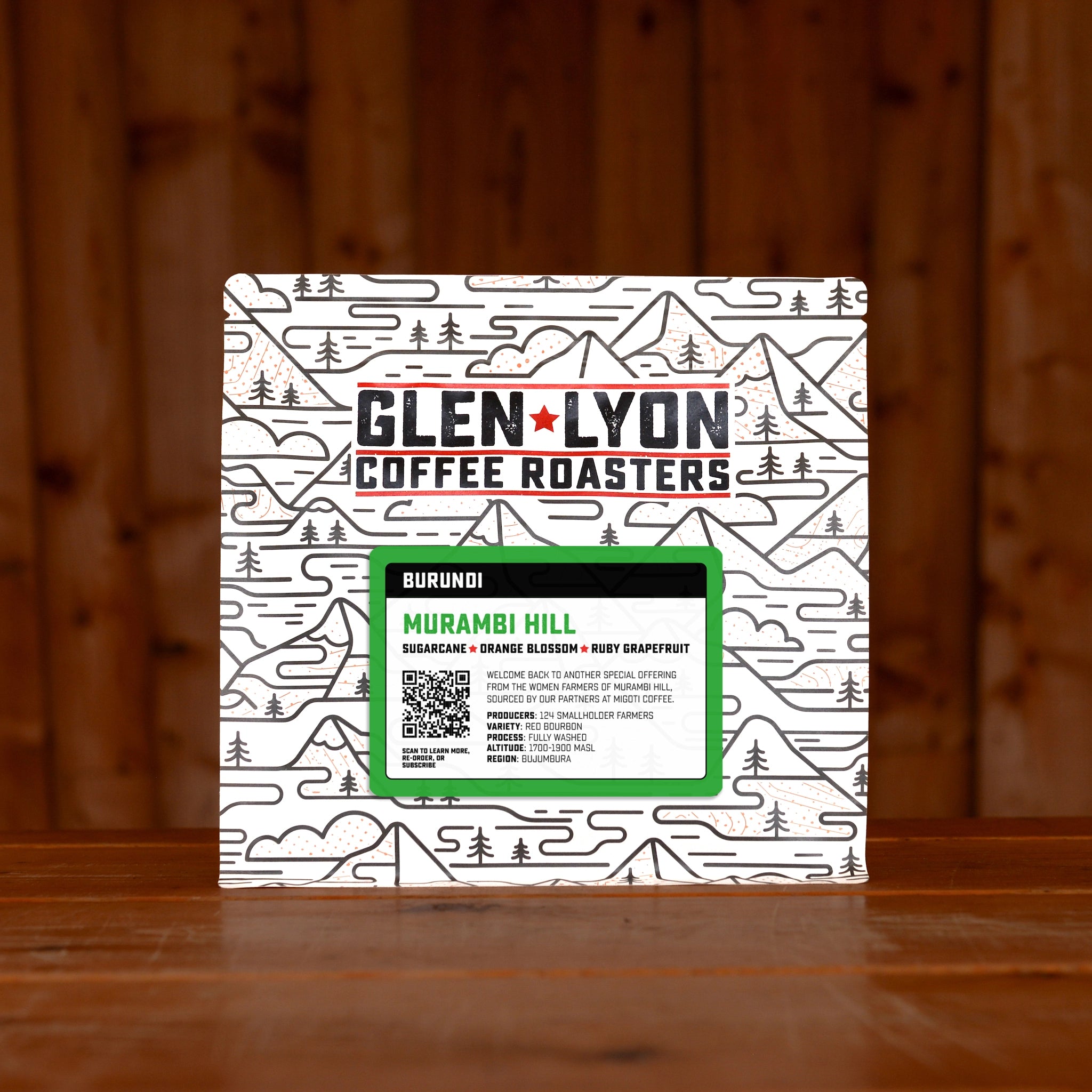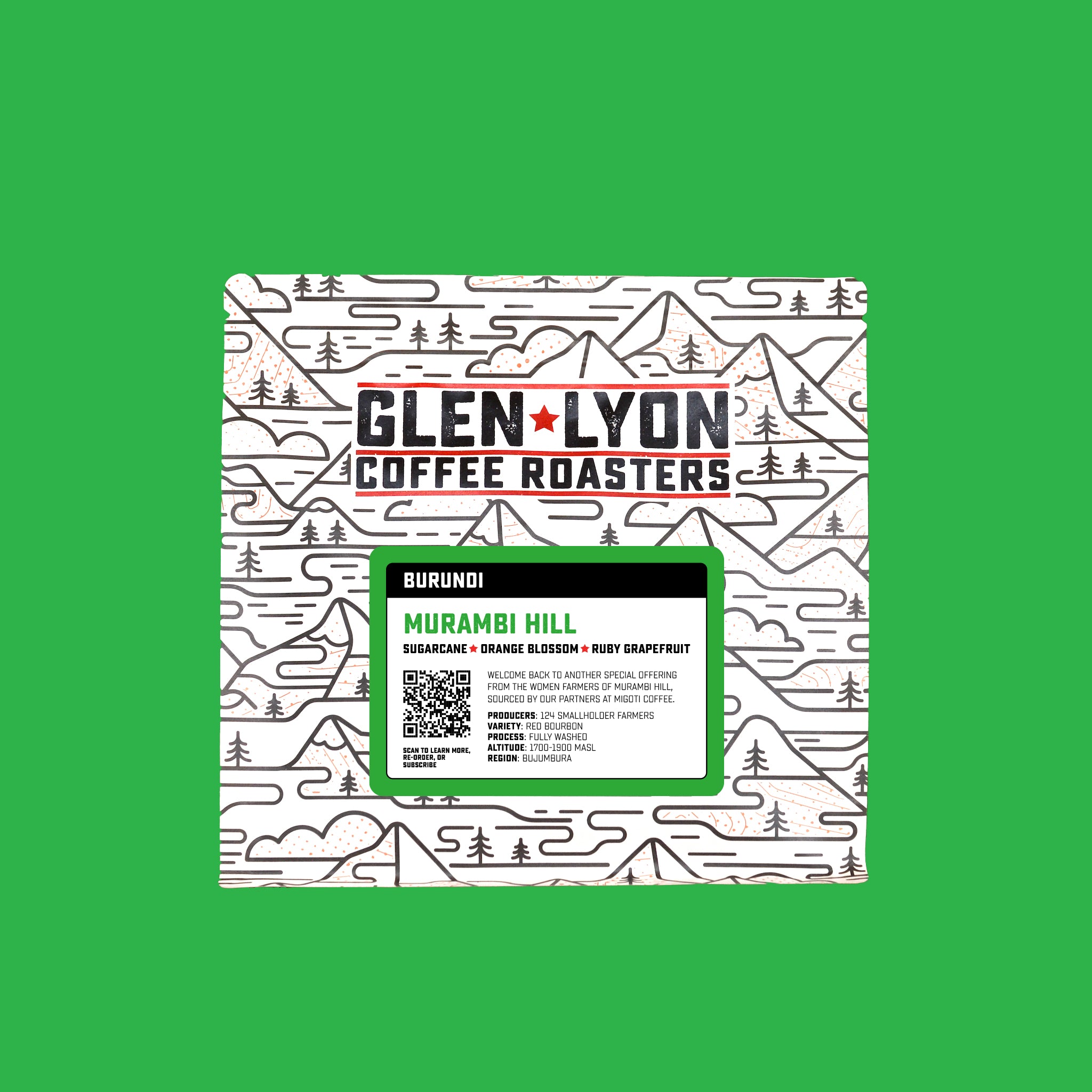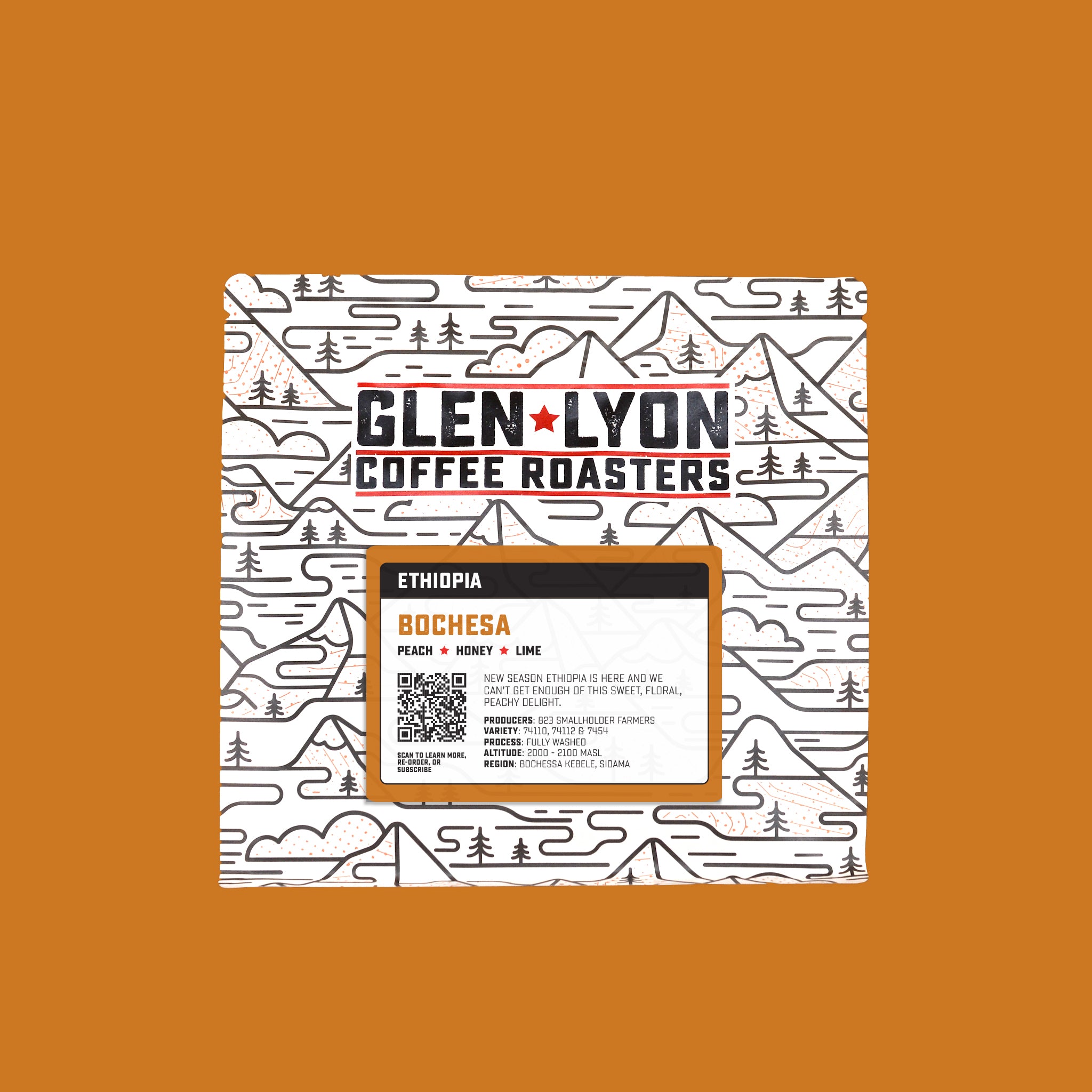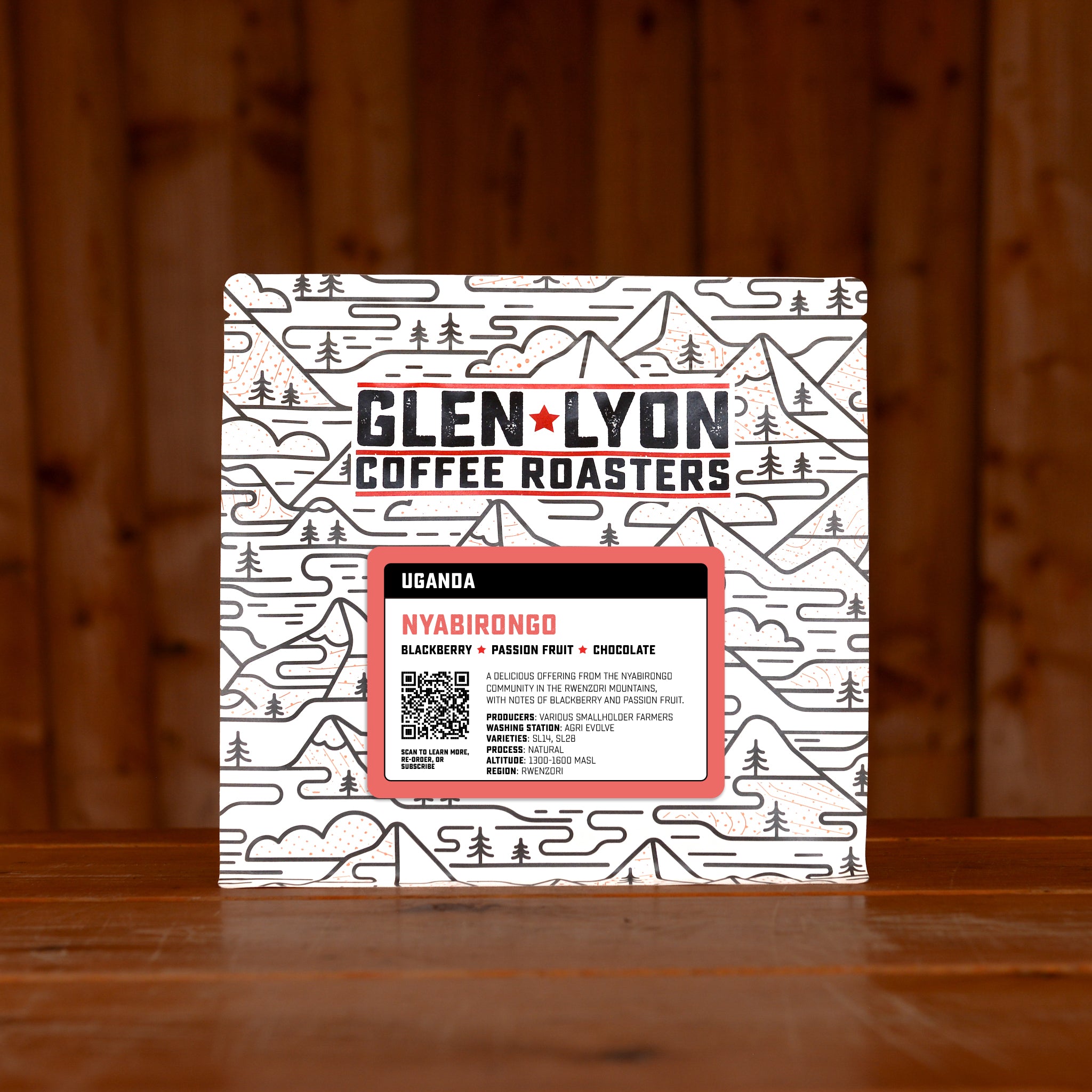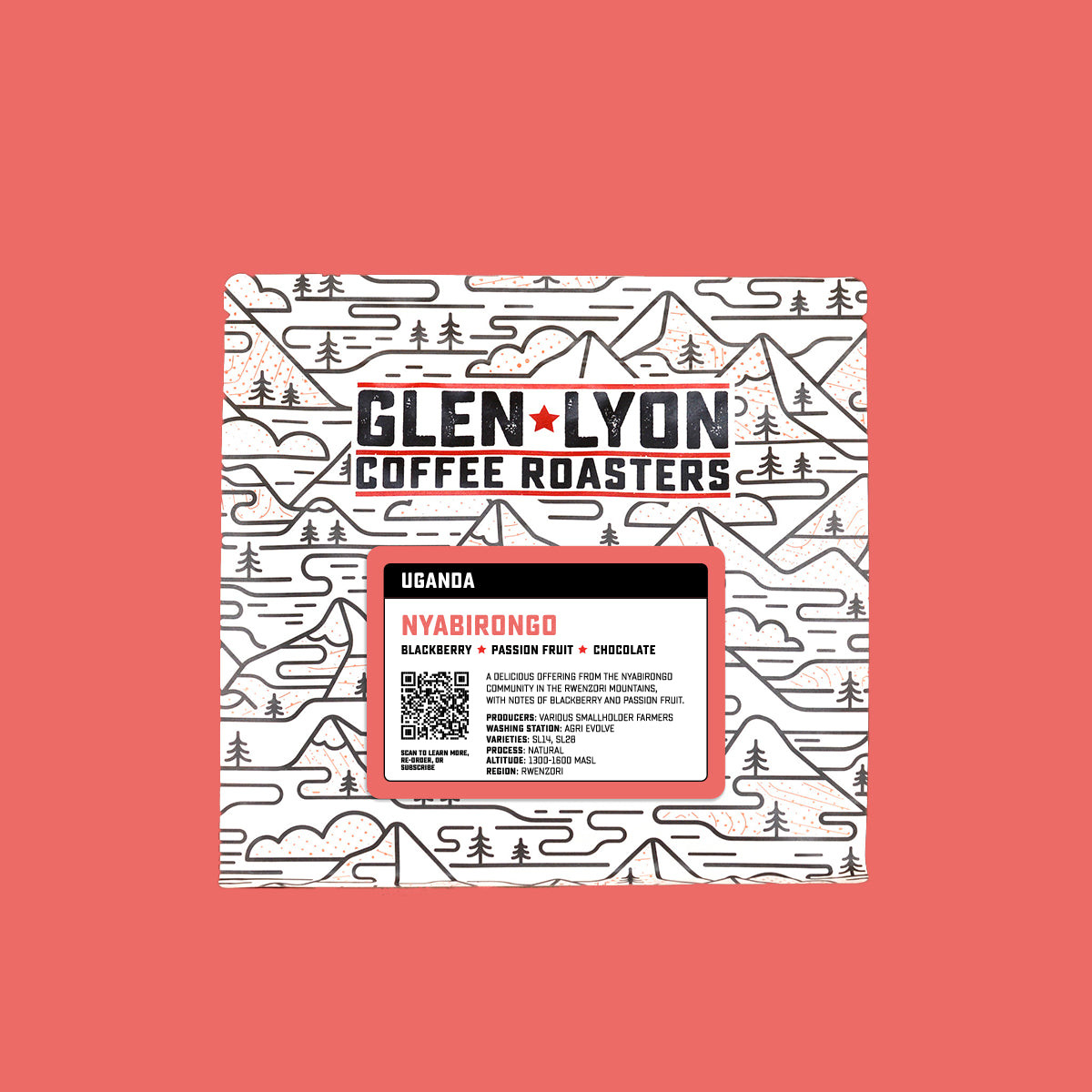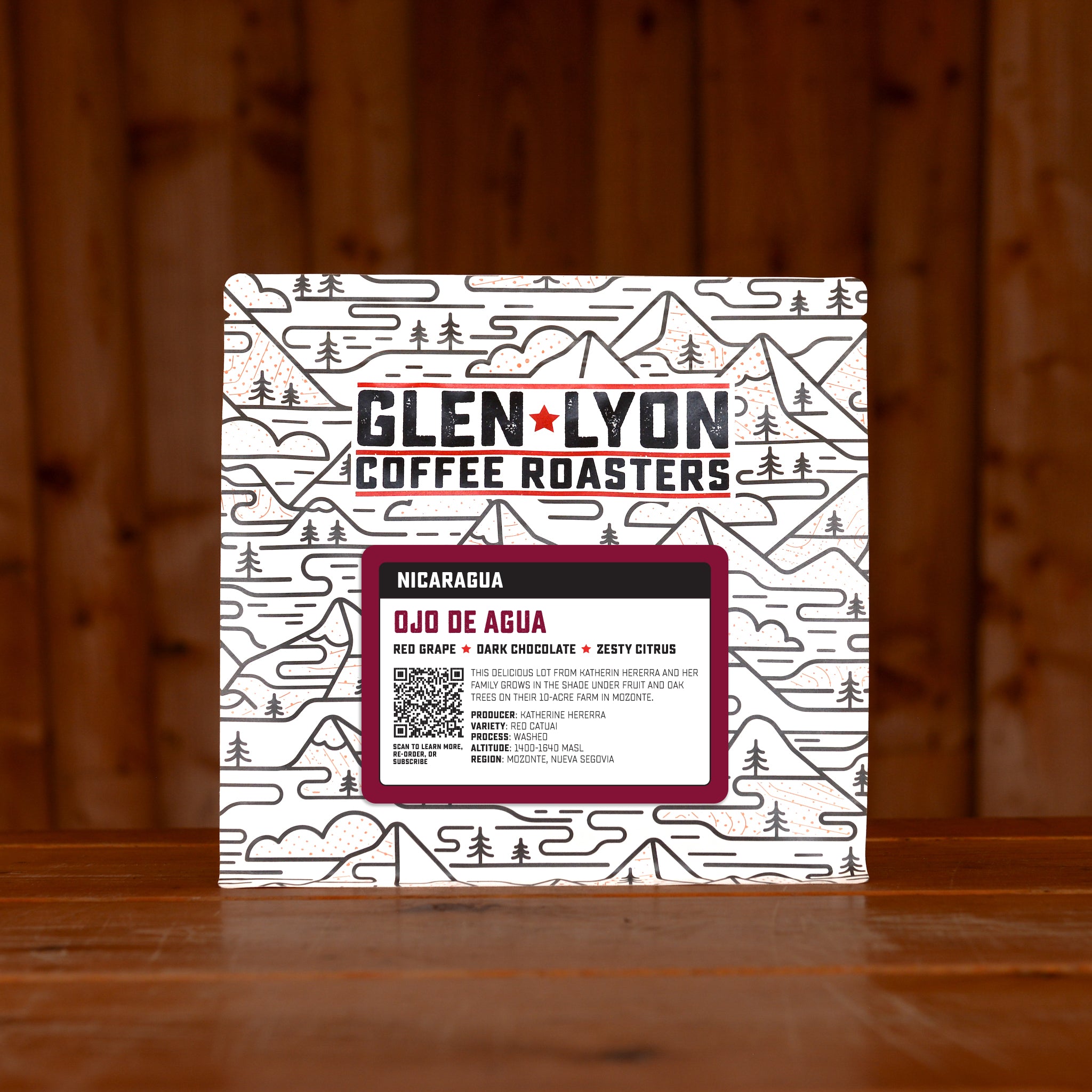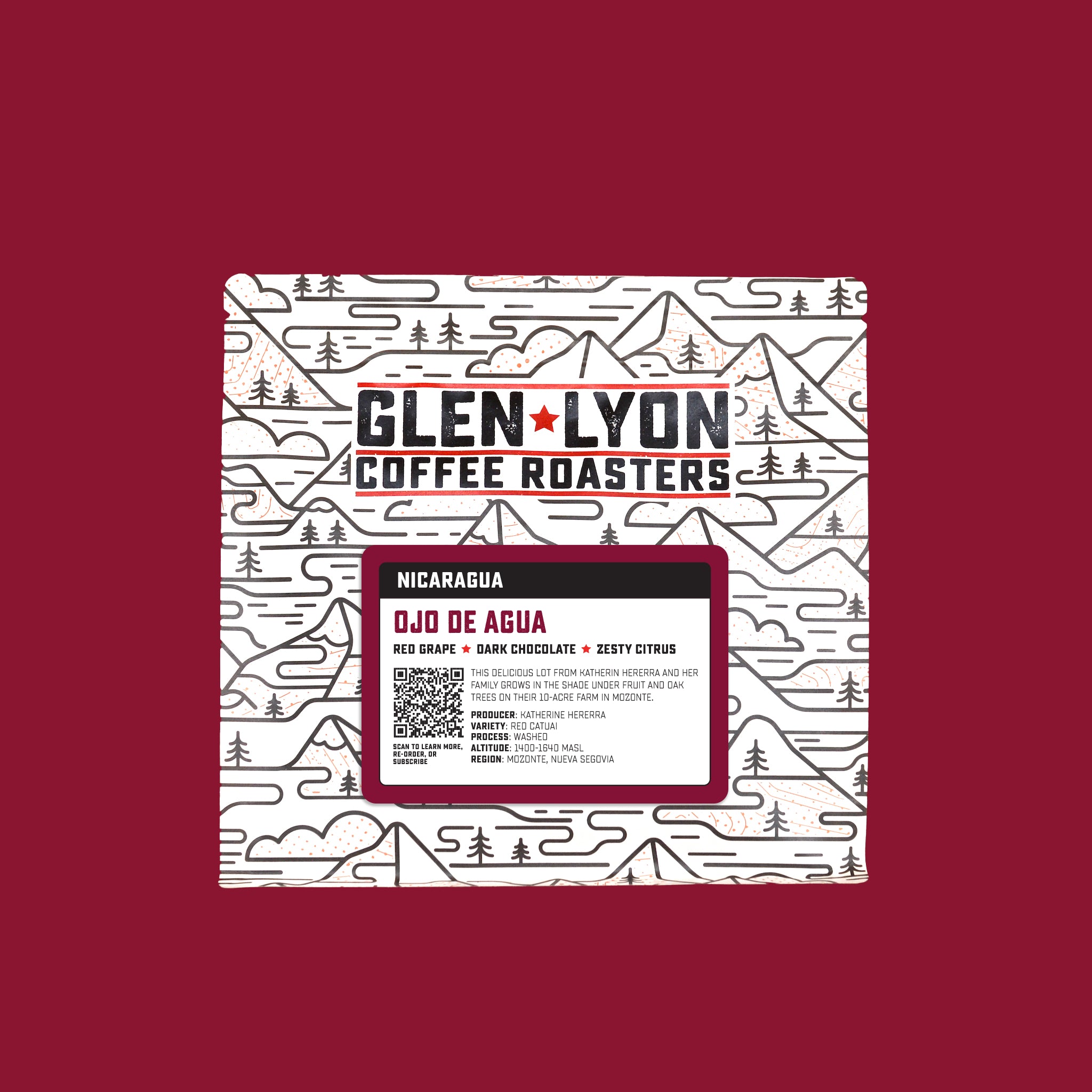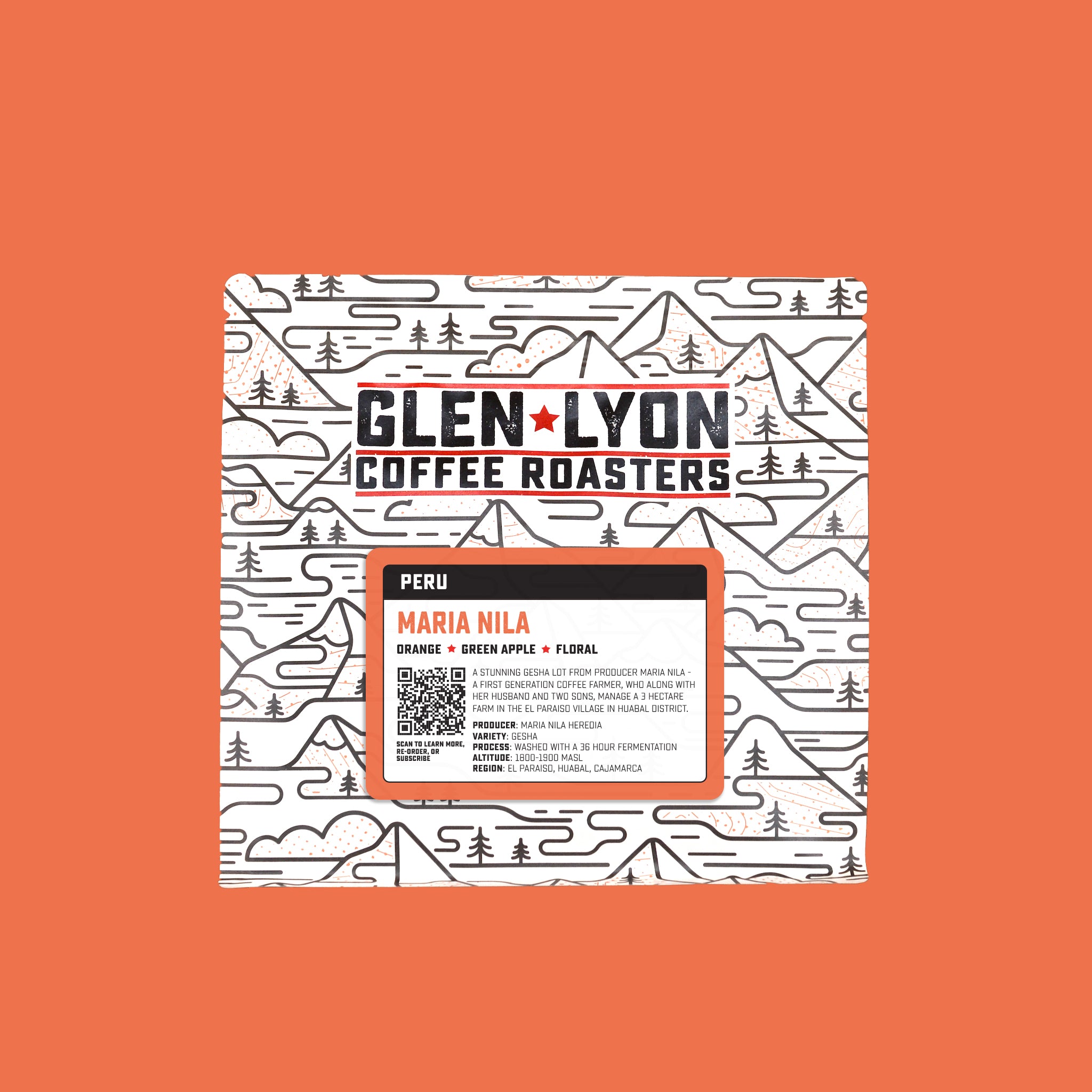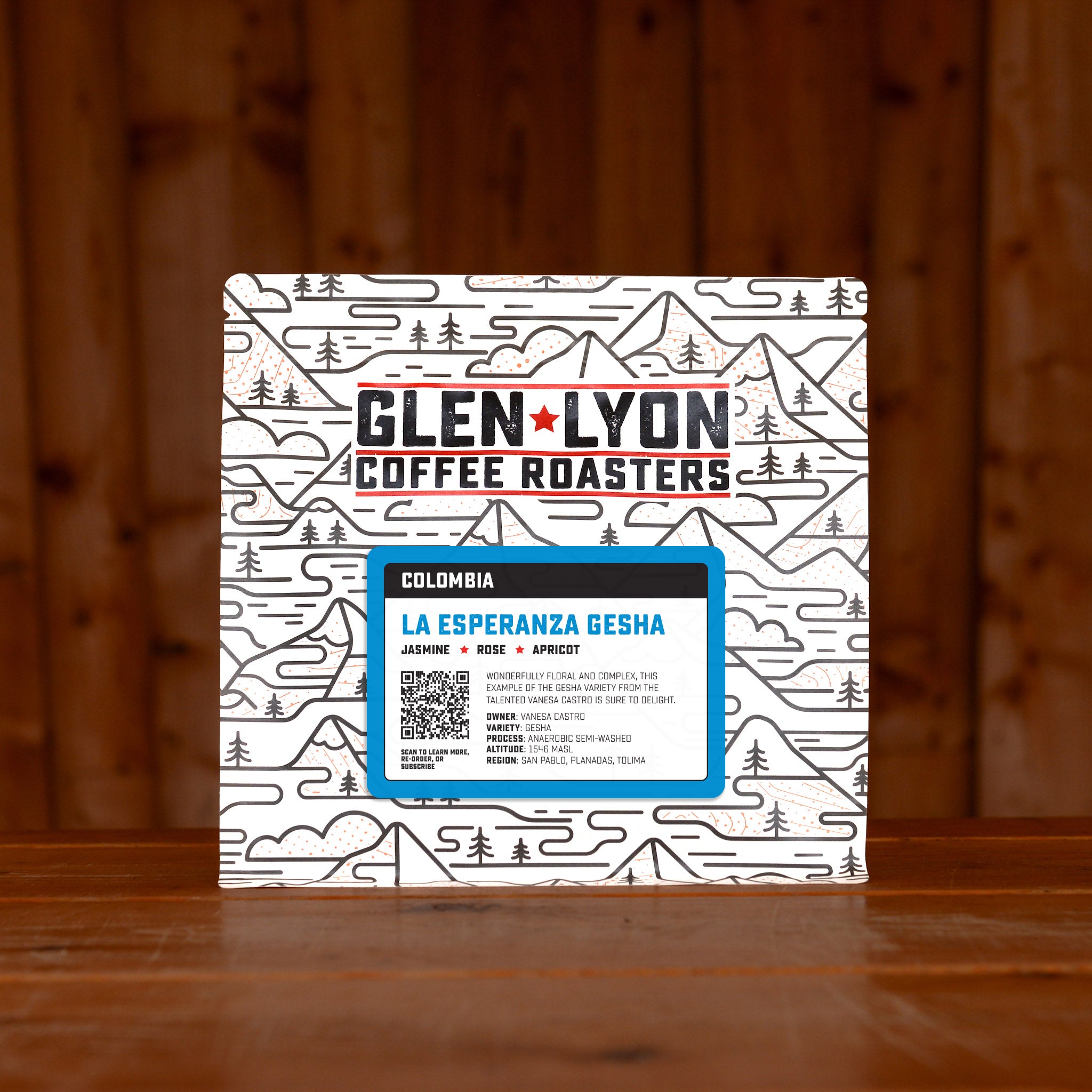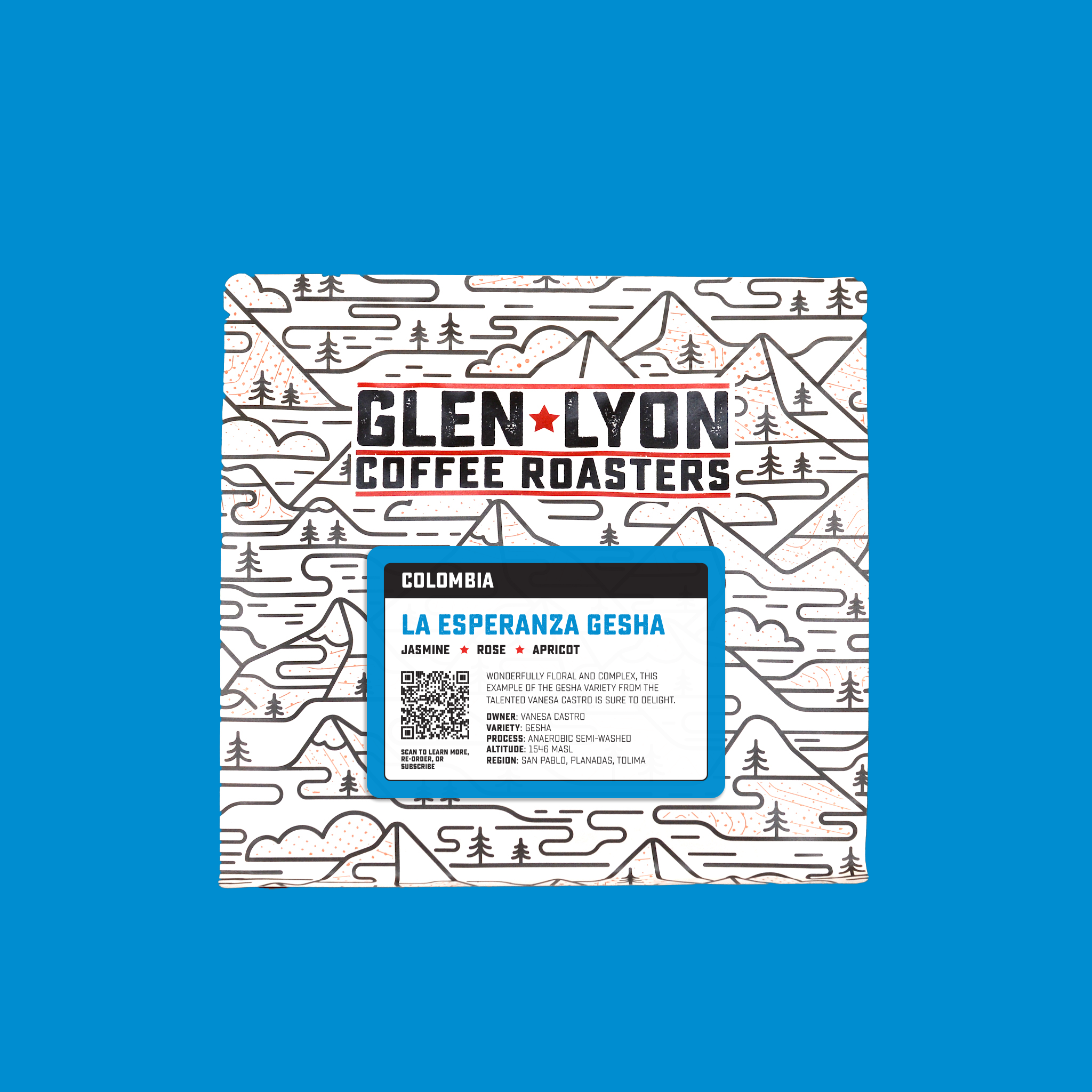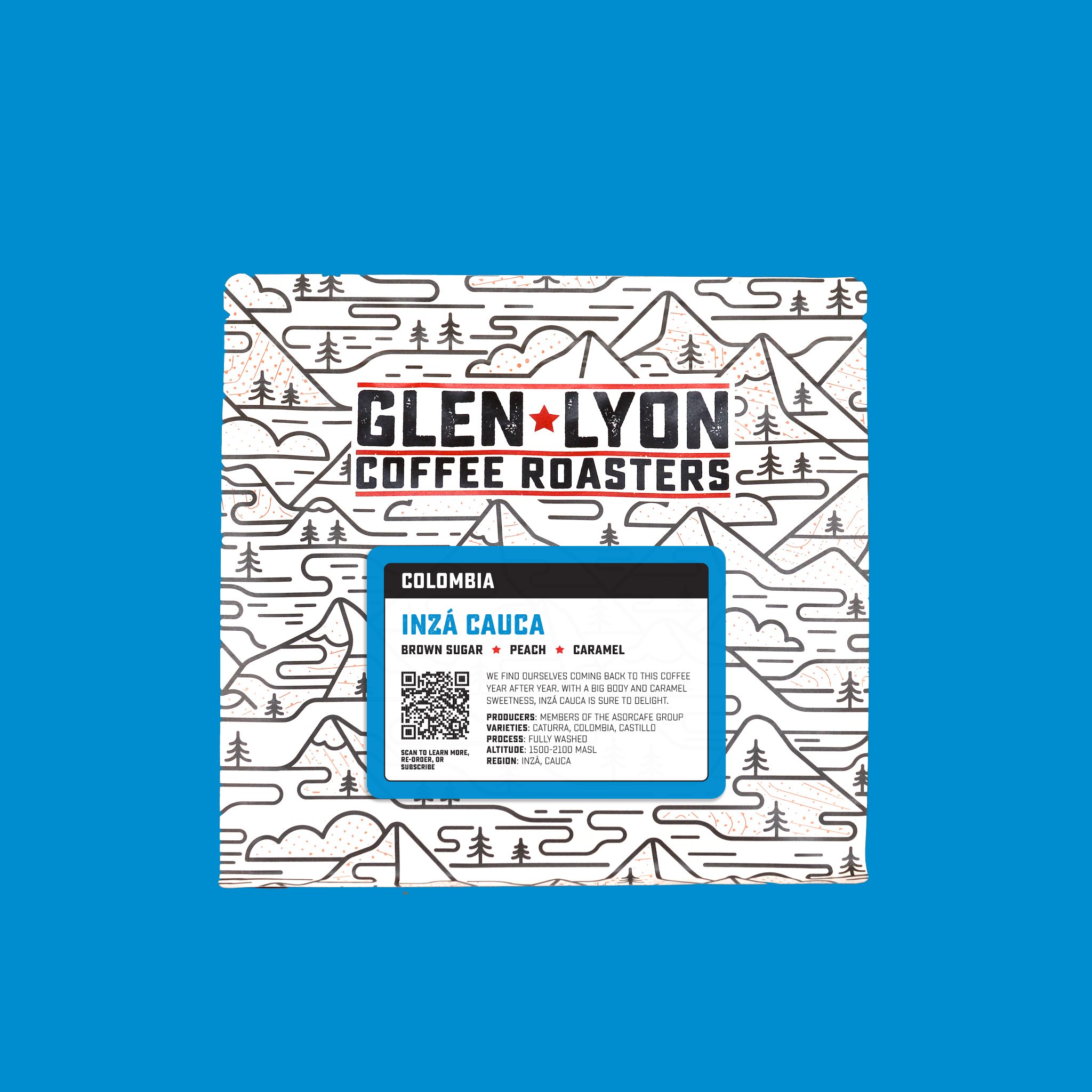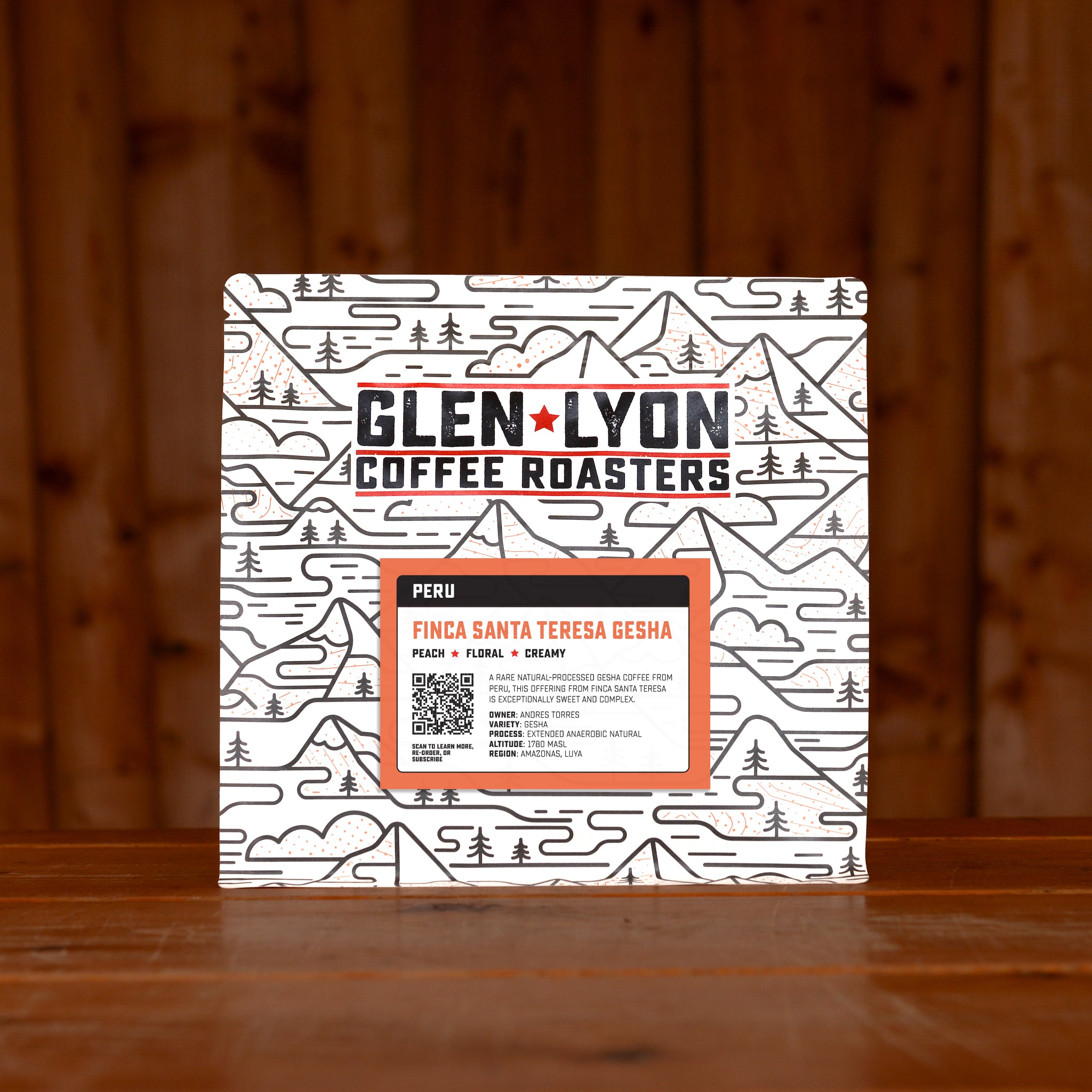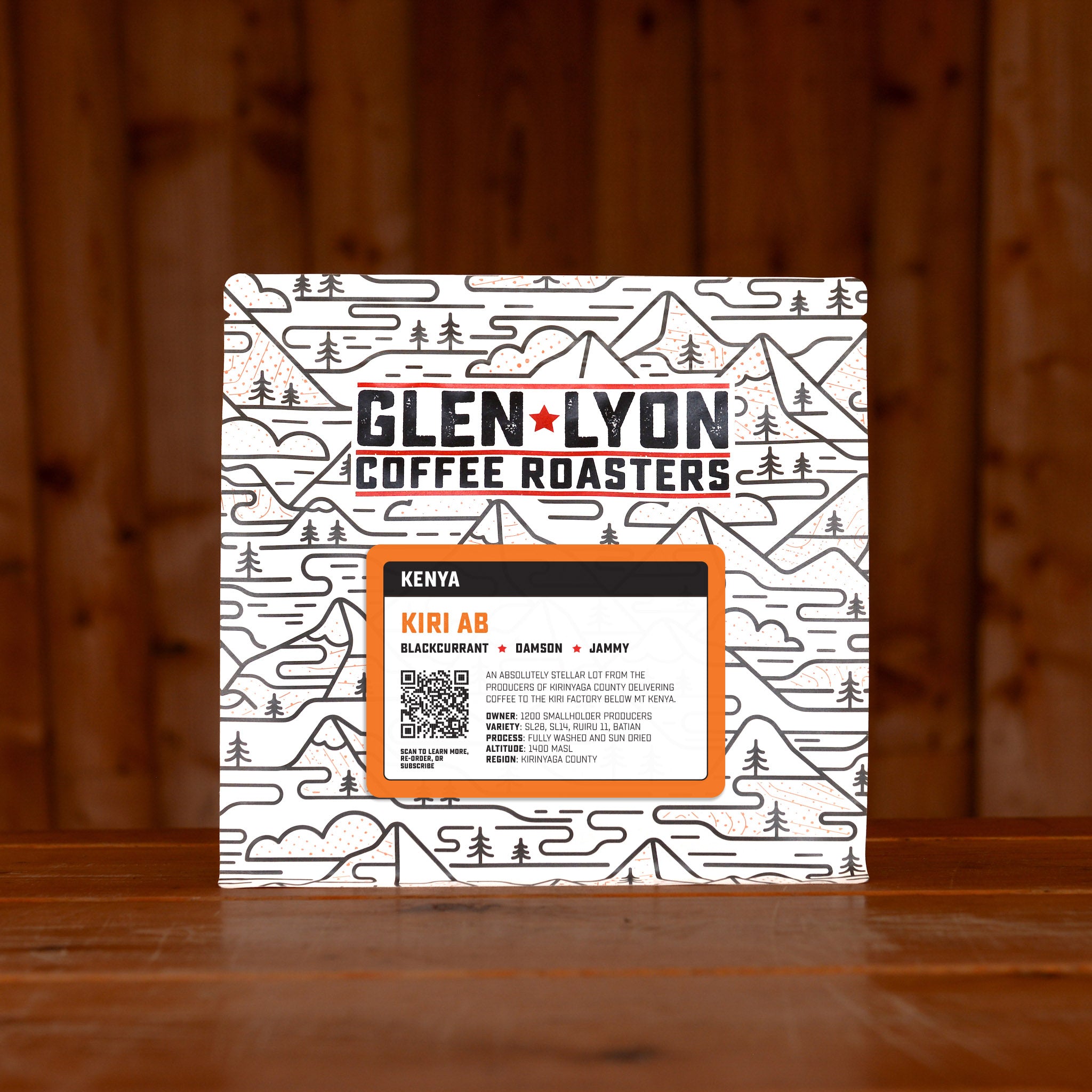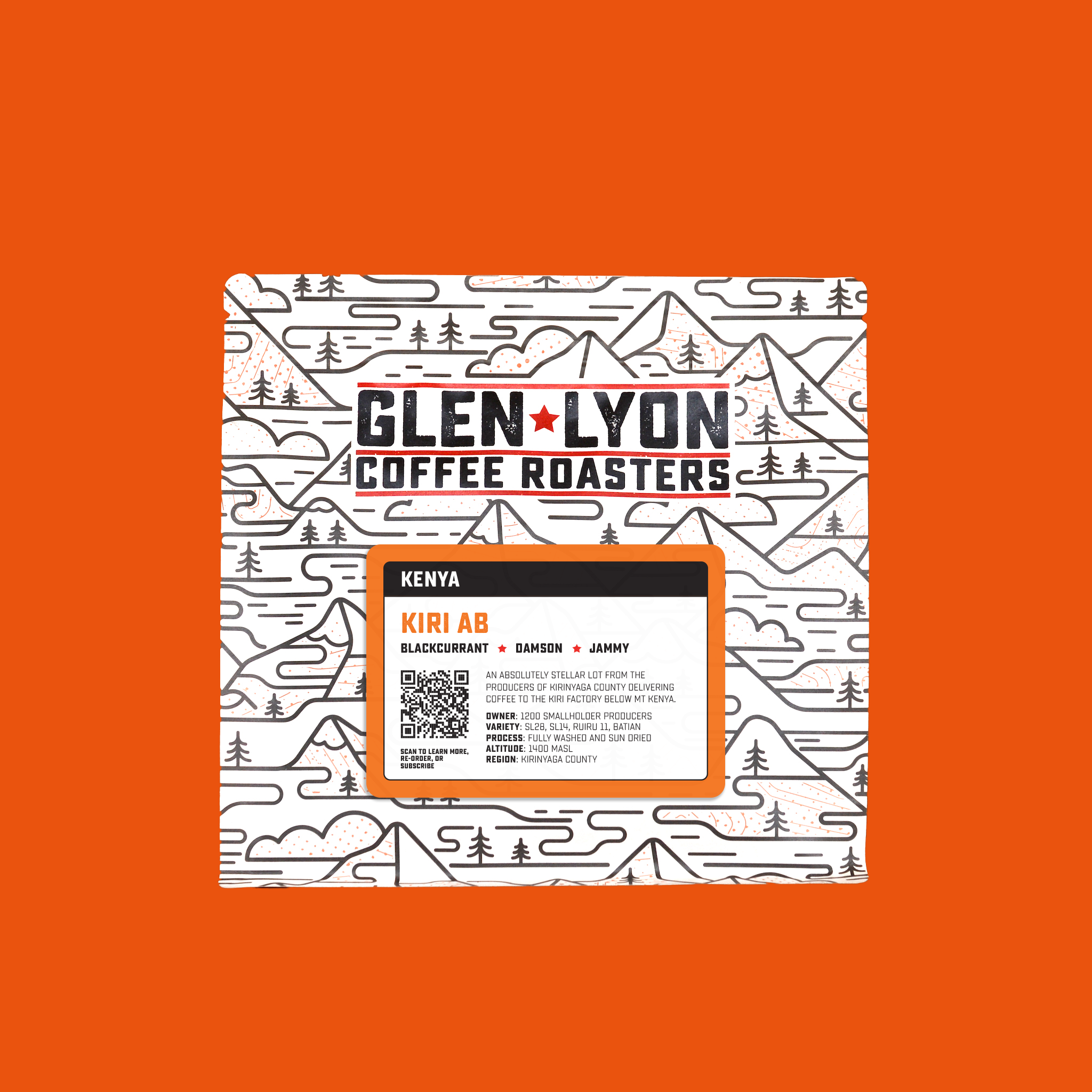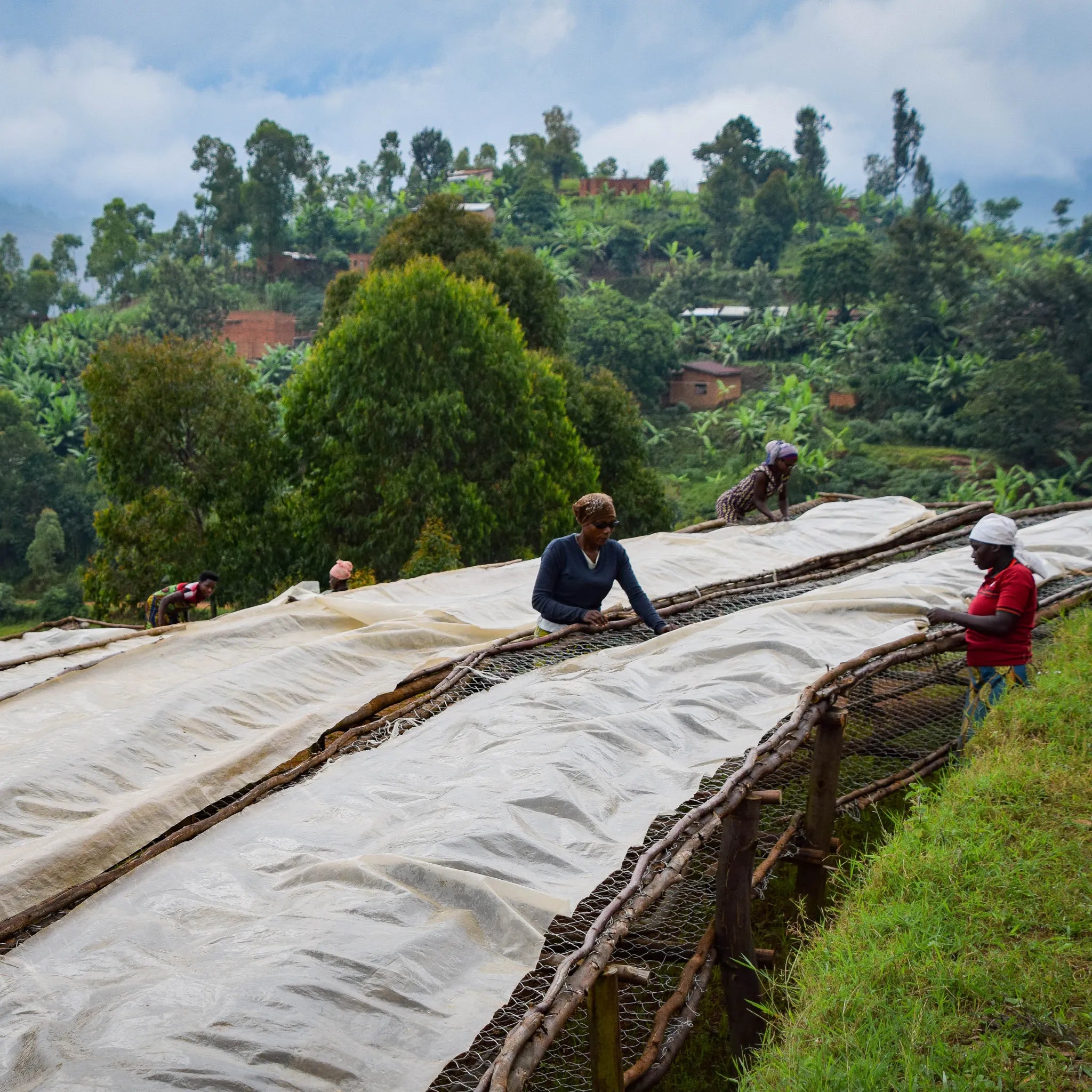

What is Single Origin Coffee? And Why Does it Matter?
If you browse our coffees online, or during a visit to our roastery, you’ll notice that we separate our offerings out into Blends and Single Origins.
Now, these categories might seem straightforward—Single Origin coffees come from one country, while Blends are, well, blends of more than one origin—but there’s a lot more to it than that. Let’s dig in.
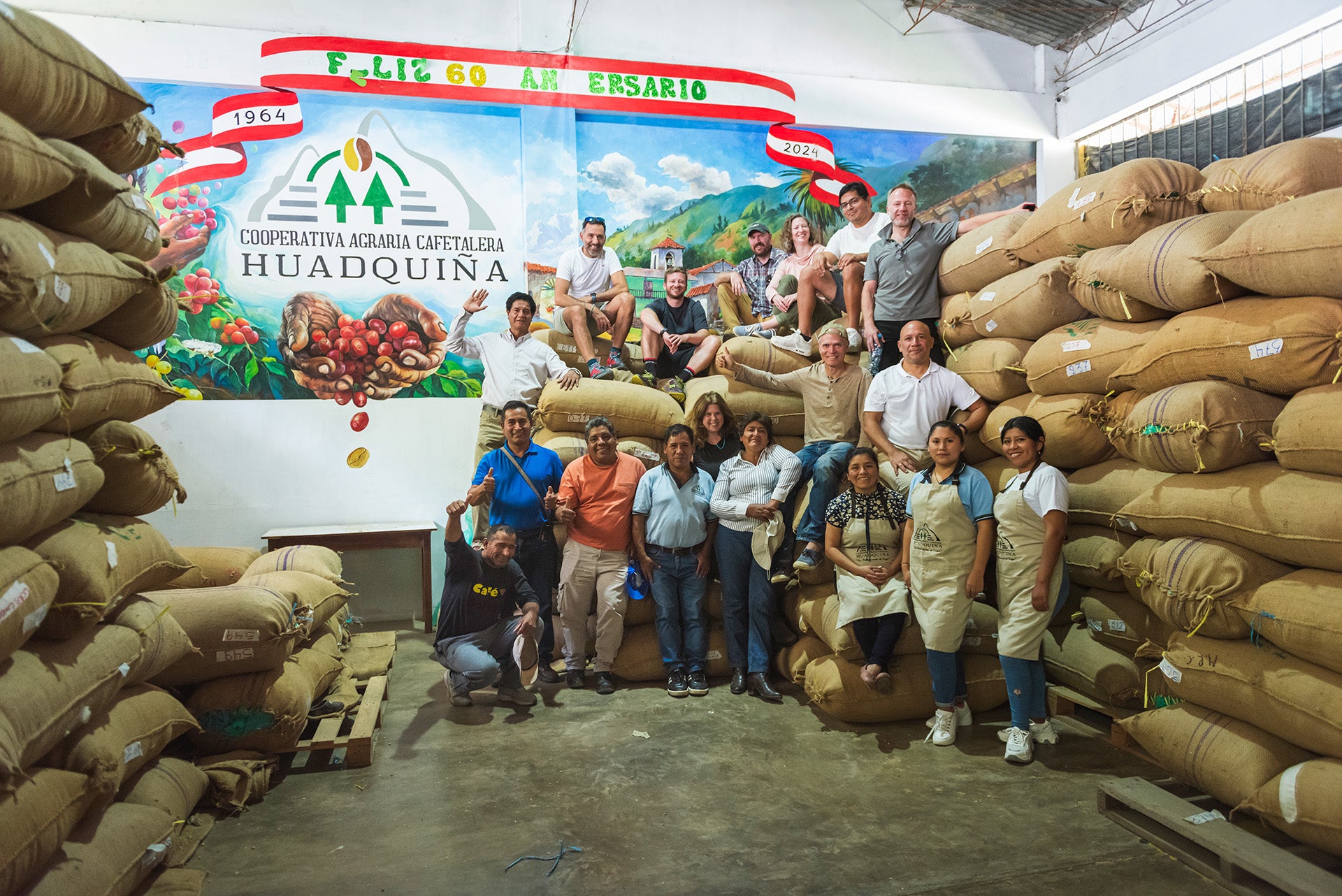
What Exactly is Single Origin Coffee?
The simplest definition of Single Origin coffee is coffees that are sourced from one geographic location. At the broadest level this means coffees that come from one country, but if you want to get more specific it can also mean coffee from a region within that country, or from a cooperative or single farm within that region.
Coffee has long been traded using place names, albeit not always correctly. Historically, Ethiopian and Yemeni coffee was often shipped to Europe under the name Mocha, which is the Yemeni port from where most coffee at the time originated.
(Interestingly, the oldest and probably the most famous blend of all time is Mocha Java, which was made up of coffees exported from Mocha and from the port of Java in present-day Indonesia.)
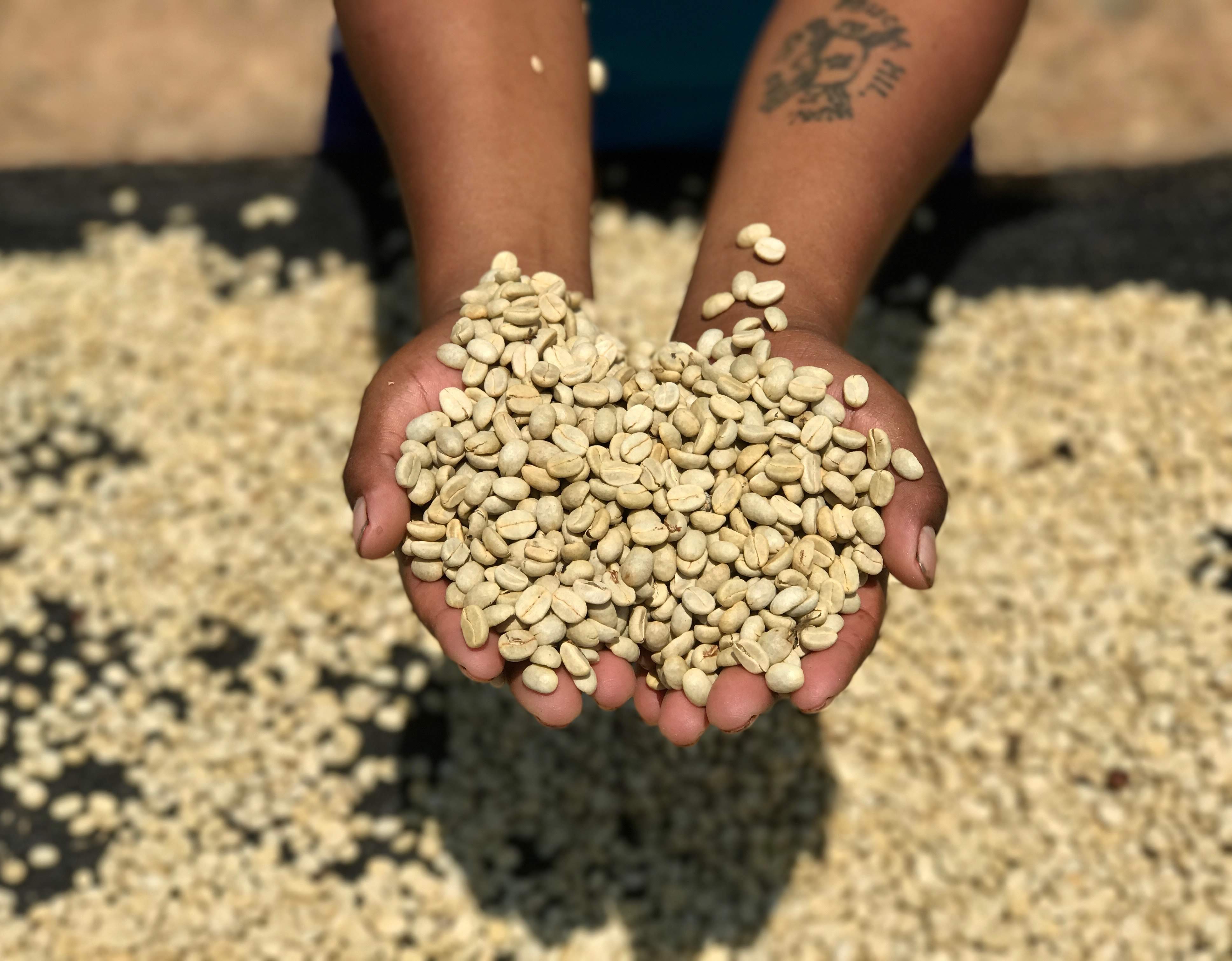
Single Origin vs. Coffee Blends: Understanding the Difference
Simply, a blend is made up of two or more single origin coffees which are carefully chosen to create a harmonious flavour profile. For example, our Red Stag Espresso is currently a blend of three coffees and is designed to be rich, chocolatey and fruity—perfect for espresso.
Because coffee is a seasonal crop, with different countries’ harvests arriving at different times, our single origin offerings change during the year. This means that our blends change too.
While we always feature Brazil as Red Stag’s base the other two components rotate. We have to work hard to ensure that the blends’ characteristics stay the same: for example, we will change from the Peru component to a coffee with a similar flavour profile from Bolivia or Guatemala depending on the time of year.
Blends have traditionally been looked down upon by the speciality coffee world as they were often dumping grounds for old or poor quality coffee. The growing popularity of single origin coffee meant that speciality roasters focused less on blends, which became more of an afterthought. Now that is beginning to change, and more roasters are embracing the possibilities to create new and interesting flavours through blending.
At Glen Lyon we take great pride in offering blends like West Coast Roast—designed to be bright and sweet—alongside our single origin coffees. There is no “good” and “bad” here, just two different ways to create a delicious cup.
Creating a blend is an art form in itself, and it doesn’t have to mean the coffee is less traceable—we always list the different coffees and their information so you know which coffees have gone into each blend.
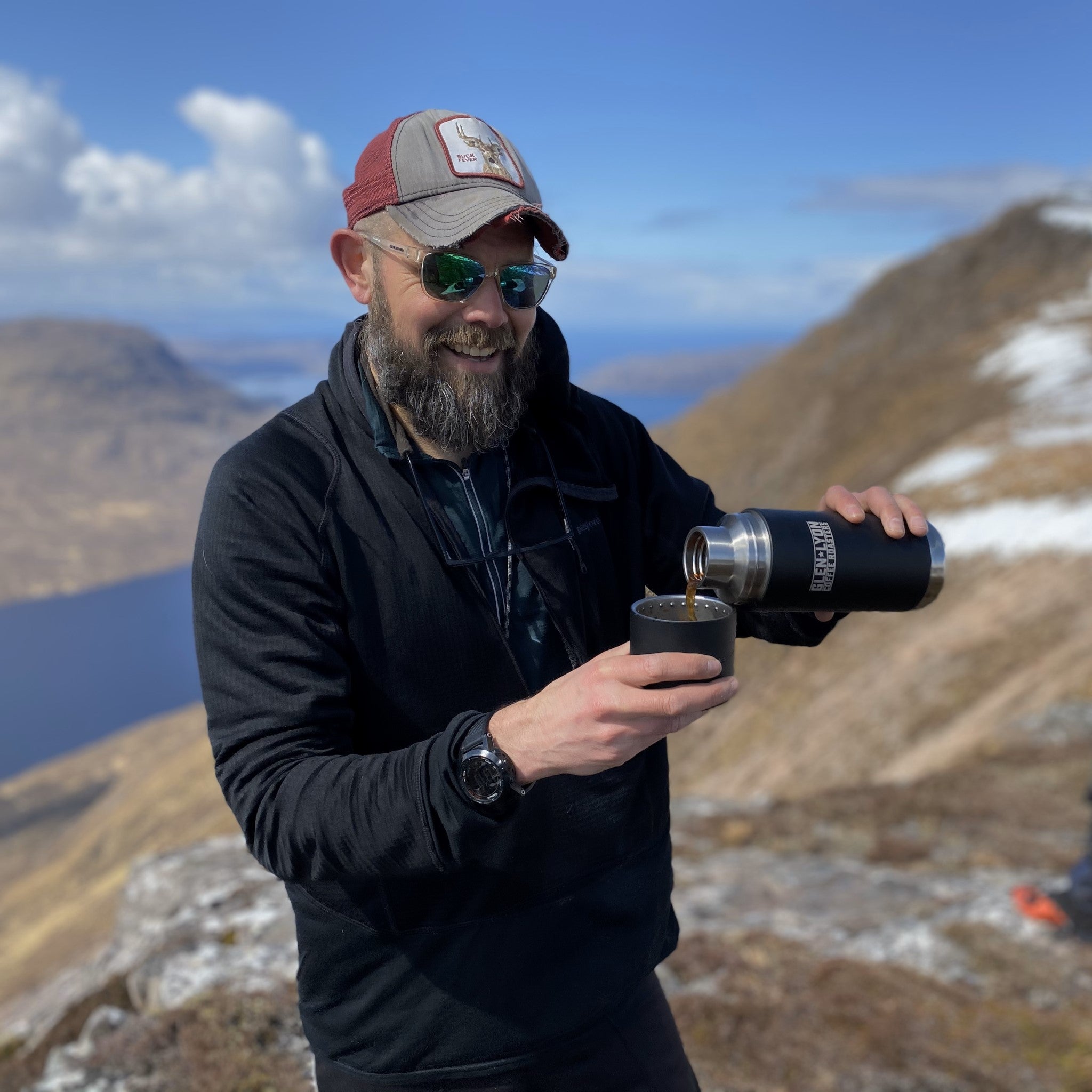
Why Does Single Origin Coffee Taste Different?
Have you ever tried a natural-processed Ethiopian coffee and recognised it immediately because it tasted like blueberries? Or noticed a Brazilian coffee’s rich, chocolatey depth?
Much like wine, coffees obtain their unique tastes through a combination of factors, and these factors can change depending on the country—and sometimes, even within a country.
A coffee’s variety, such as Bourbon or Gesha, plays a part, as does the specific climate and altitude in which it grows—coffee grown at higher altitudes is denser and matures more slowly, increasing complexity and accentuating floral and fruit notes.
Other elements that impact the final taste include processing, roasting, and brewing. Because all countries have varying climates and altitudes, focus on different harvesting and processing methods, and grow a wide range of varieties, a coffee from Ethiopia will taste different to one from Brazil.
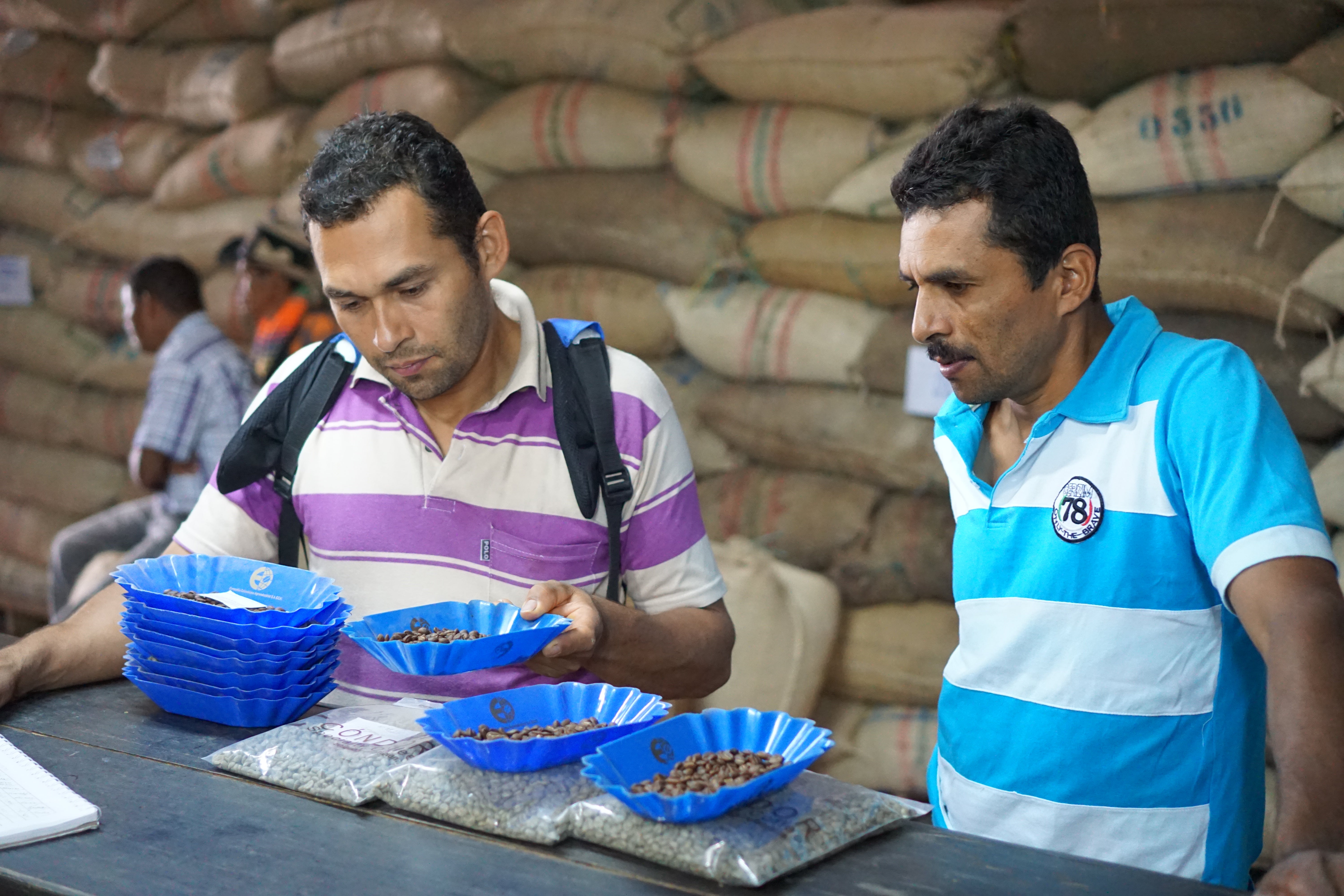
How to Tell Single Origin Coffees Apart
With some coffees, their origin jumps out at you: A washed coffee from Kenya or a natural-processed coffee from Ethiopia will reveal themselves because of their bright blackcurrant and rich blueberry flavours respectively.
Other origins can be trickier, for example coffees from Central America like Costa Rica or Guatemala which have similar geographic and climatic conditions. This is where elements like variety and processing come in to give coffees their individuality.
Highly trained coffee tasters are still able to differentiate between these origins, but science can also help. Over the past few years, researchers have been experimenting with ways to objectively pinpoint a coffee’s origin using a tool called an electronic nose. These devices can analyse the volatile organic compounds in a roasted sample—coffee contains thousands of VOCs, which contribute to the drink’s flavour and aroma—and use that data to accurately identify a coffee’s particular origin.
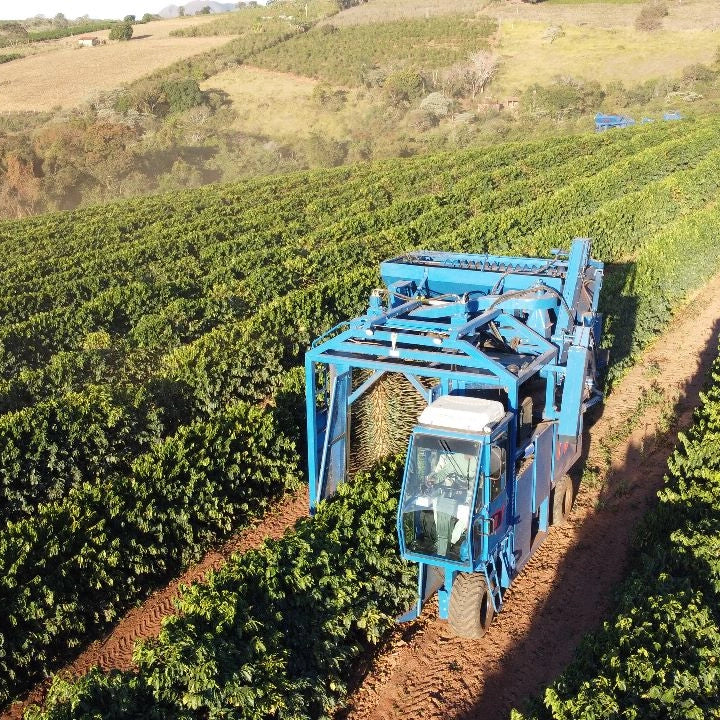
The Importance of Traceability in Coffee
One of the things that sets speciality coffee apart is traceability. Commodity-grade coffee is defined not by its origin but by its uniformity—rather than focusing on taste or quality, coffee is bought and sold based on standardised metrics like bean size. On the commodity market, coffee from Ethiopia is interchangeable with coffee from Brazil or Colombia.
Speciality coffee, on the other hand, emphasises quality and specificity, especially when it comes to origin. Knowing exactly where a coffee came from—country, region, cooperative, or farm—gives both the roaster and consumer assurances about quality and equity while providing recognition and fair pay for the producer.
Coffee’s supply chain is long and complex, and coffee takes an often convoluted route to get from the tree to your cup. Speciality coffee companies like Glen Lyon shorten that journey by working directly with producers and trusted importers, who provide important information about the coffee’s provenance and quality.
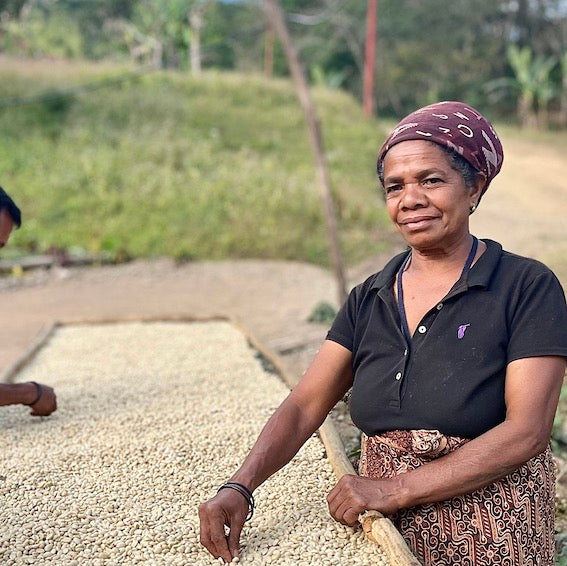
Sustainability and Ethical Benefits of Single Origin Coffee
Sustainability is a key ethos here at Glen Lyon Coffee, both environmental and economic. With single origin coffee, when we know exactly where a coffee came from, we can gather specific details about that coffee. Was it sustainably grown? Does the farm hold any certifications? Was the producer and the farms’ workforce paid fairly?
Working closely with producers and importers allows us to know exactly how the coffee was grown, harvested, and processed. Buying from the same producers year after year allows us to build trust and nurture long term relationships, often cemented with in-person visits—we travel to their farms, and occasionally they visit us in Aberfeldy.
Our commitment to traceability and sustainability means that you can buy coffee from Glen Lyon safe in the knowledge that it is both high quality and delicious, whether it’s from a single farm or as a blend. Which one you prefer—well, that’s up to you.
